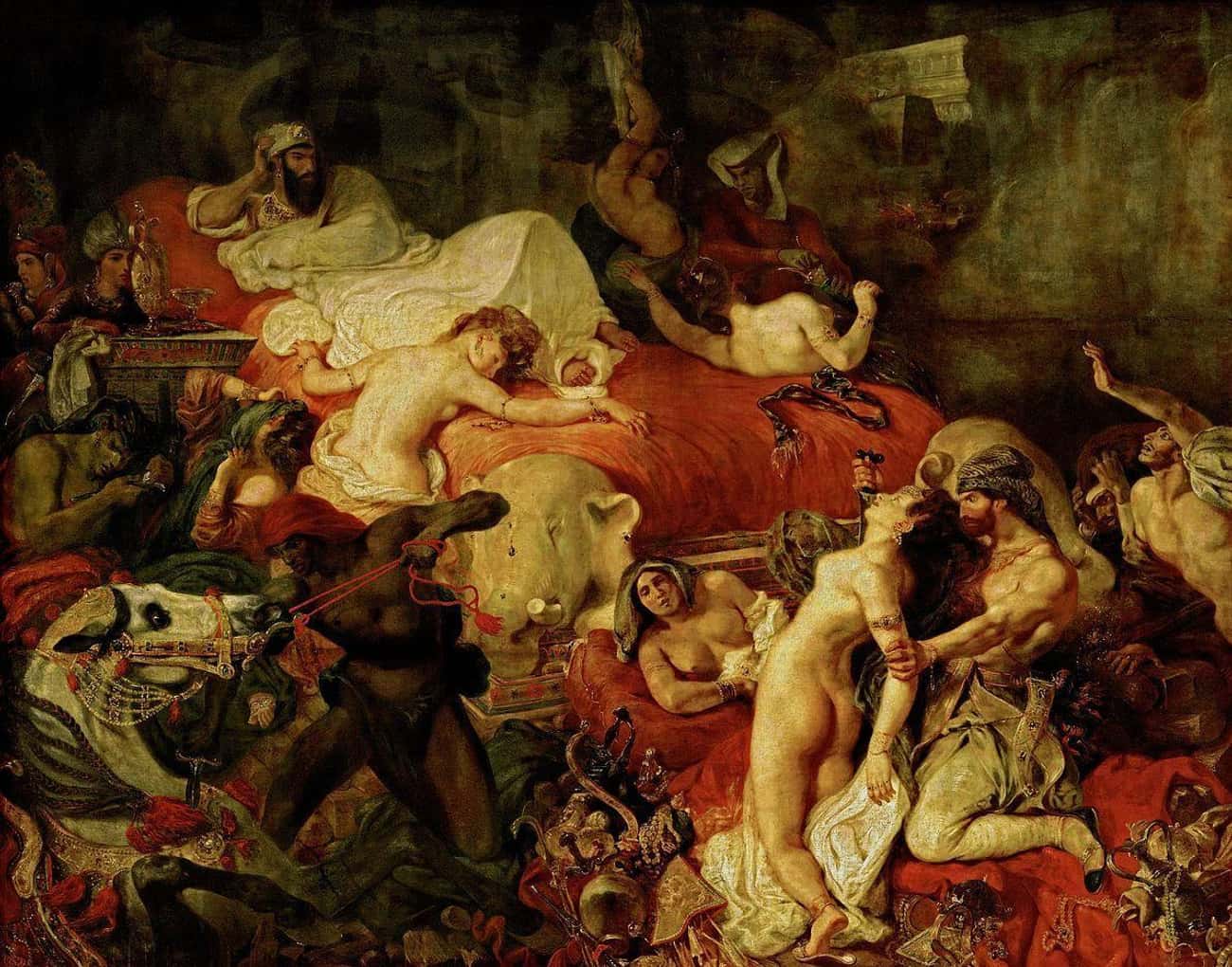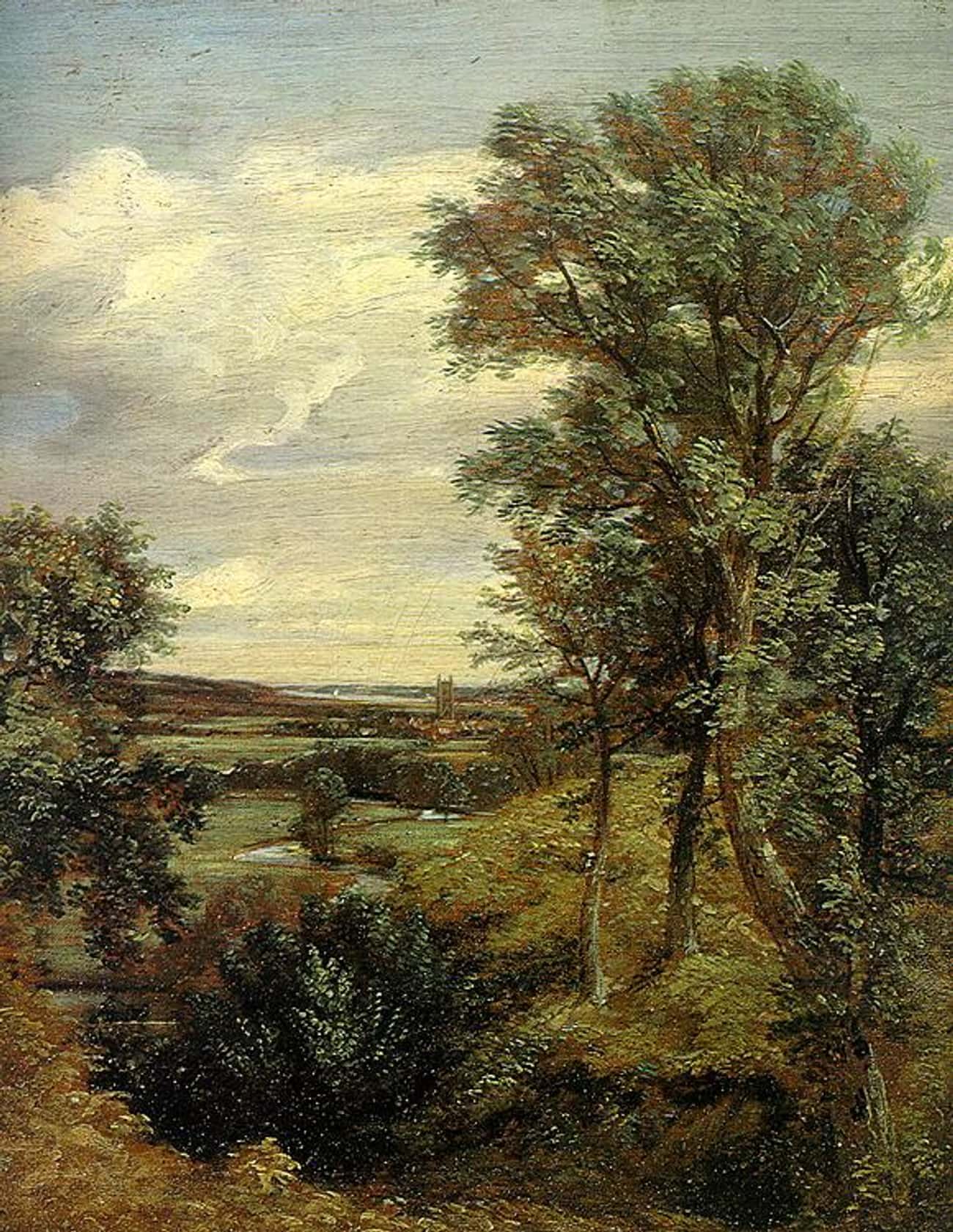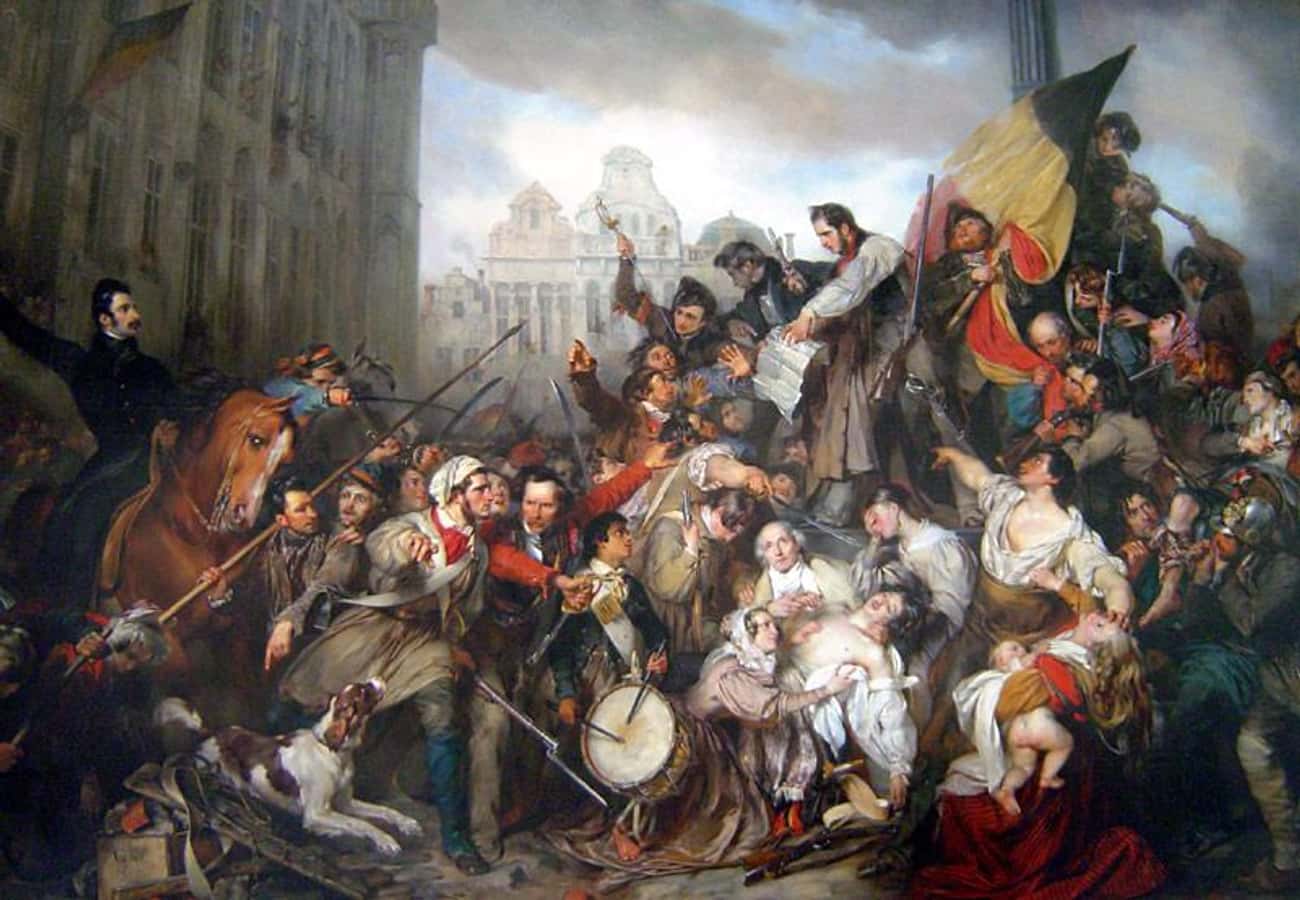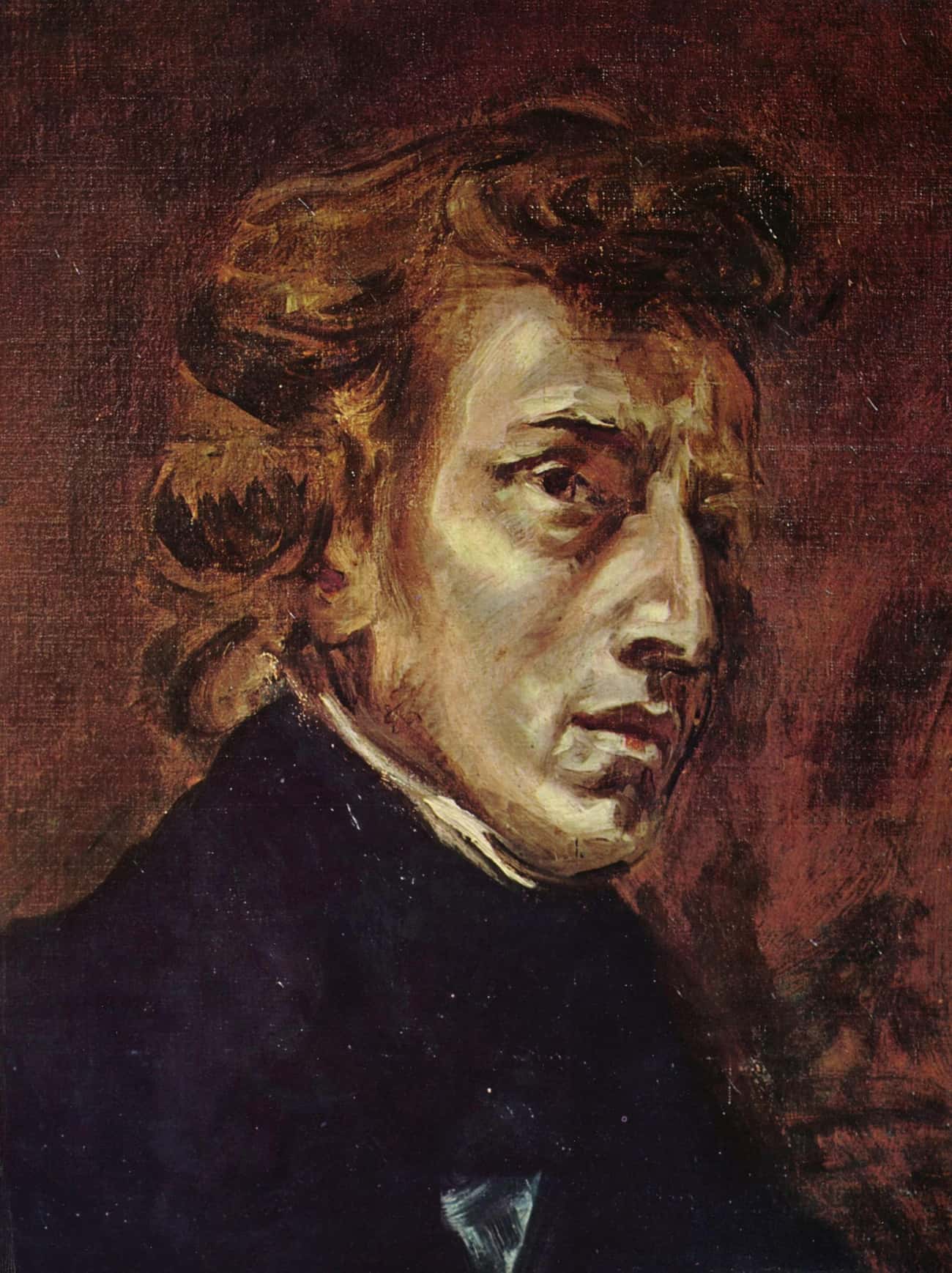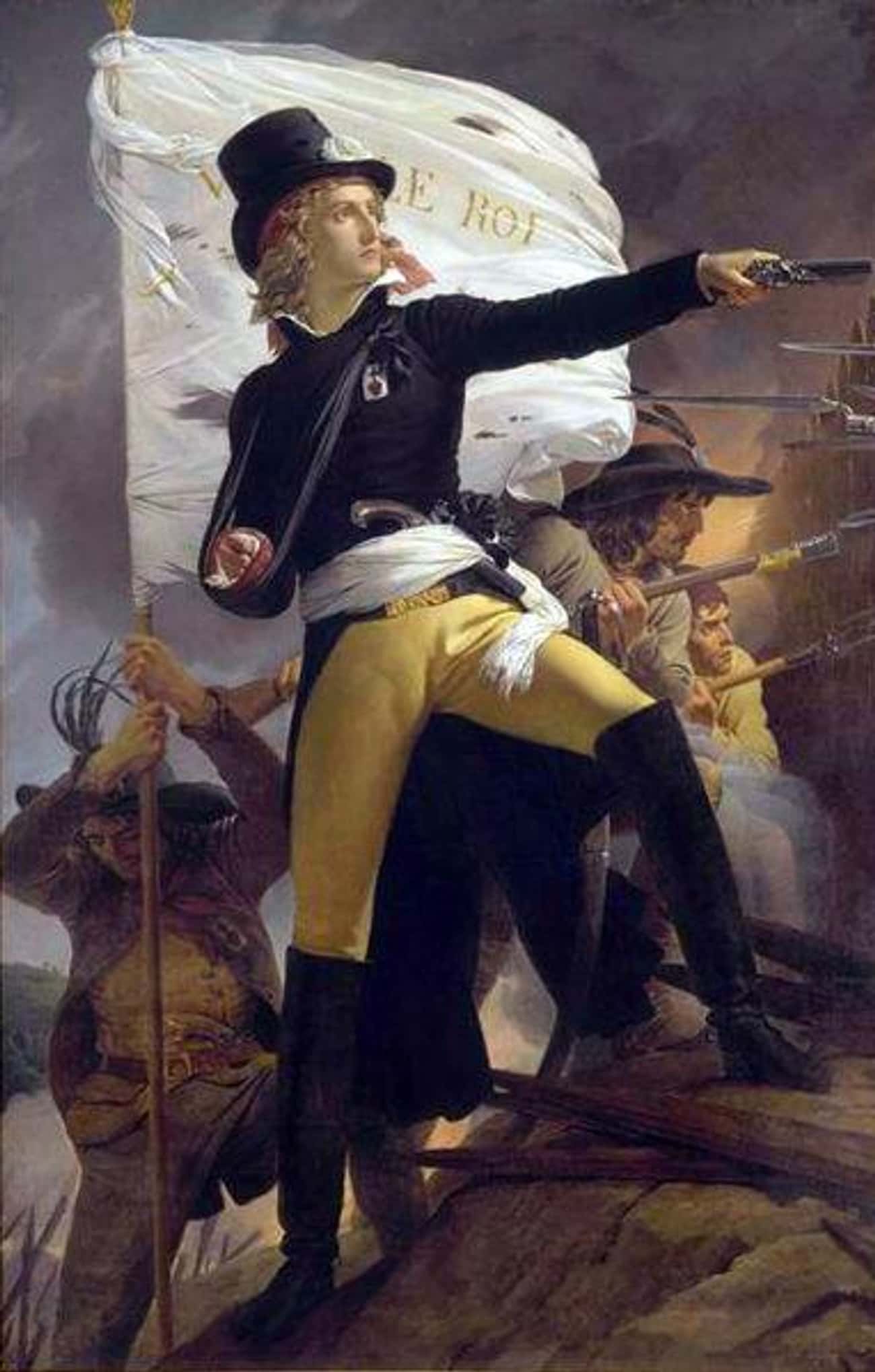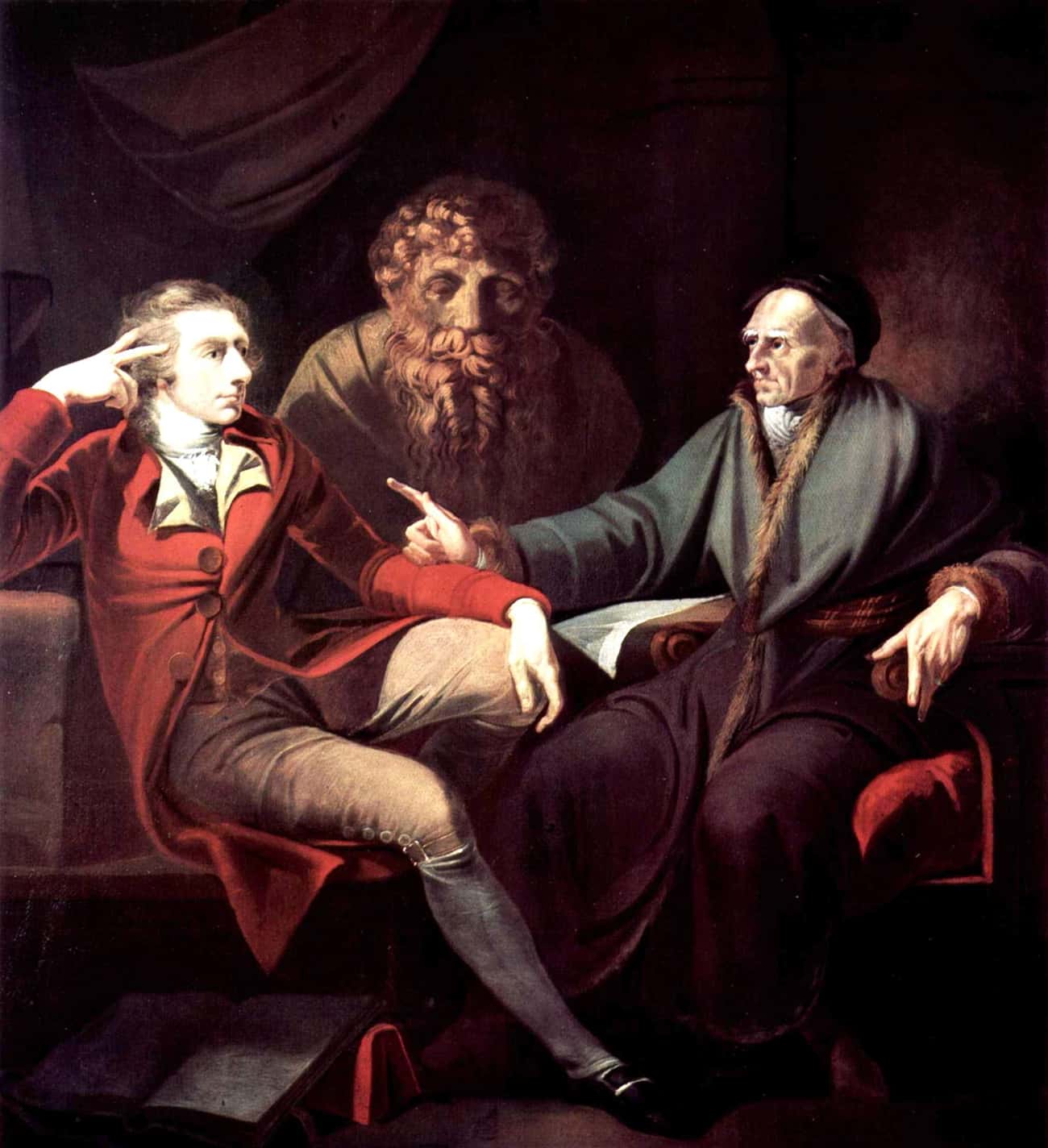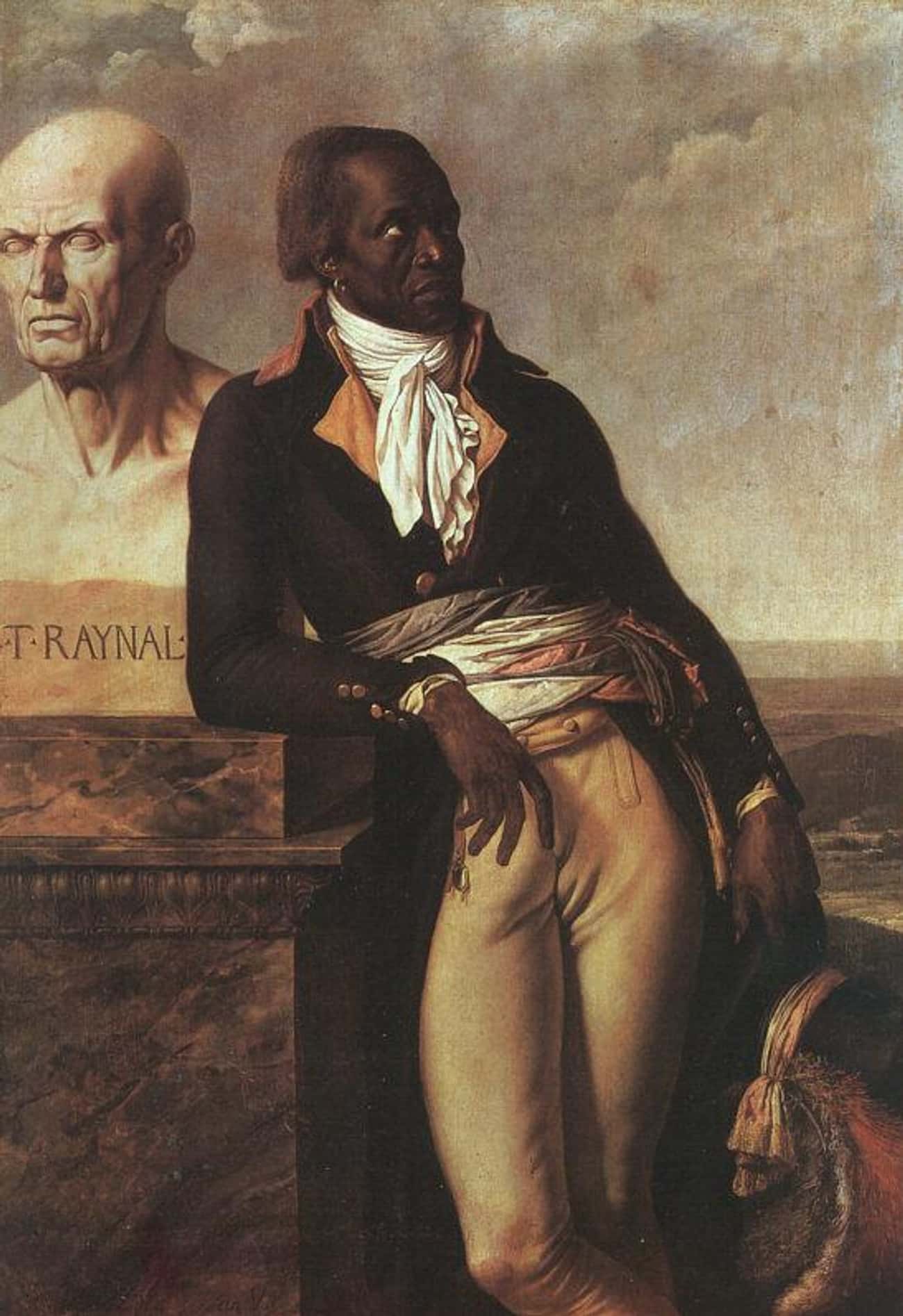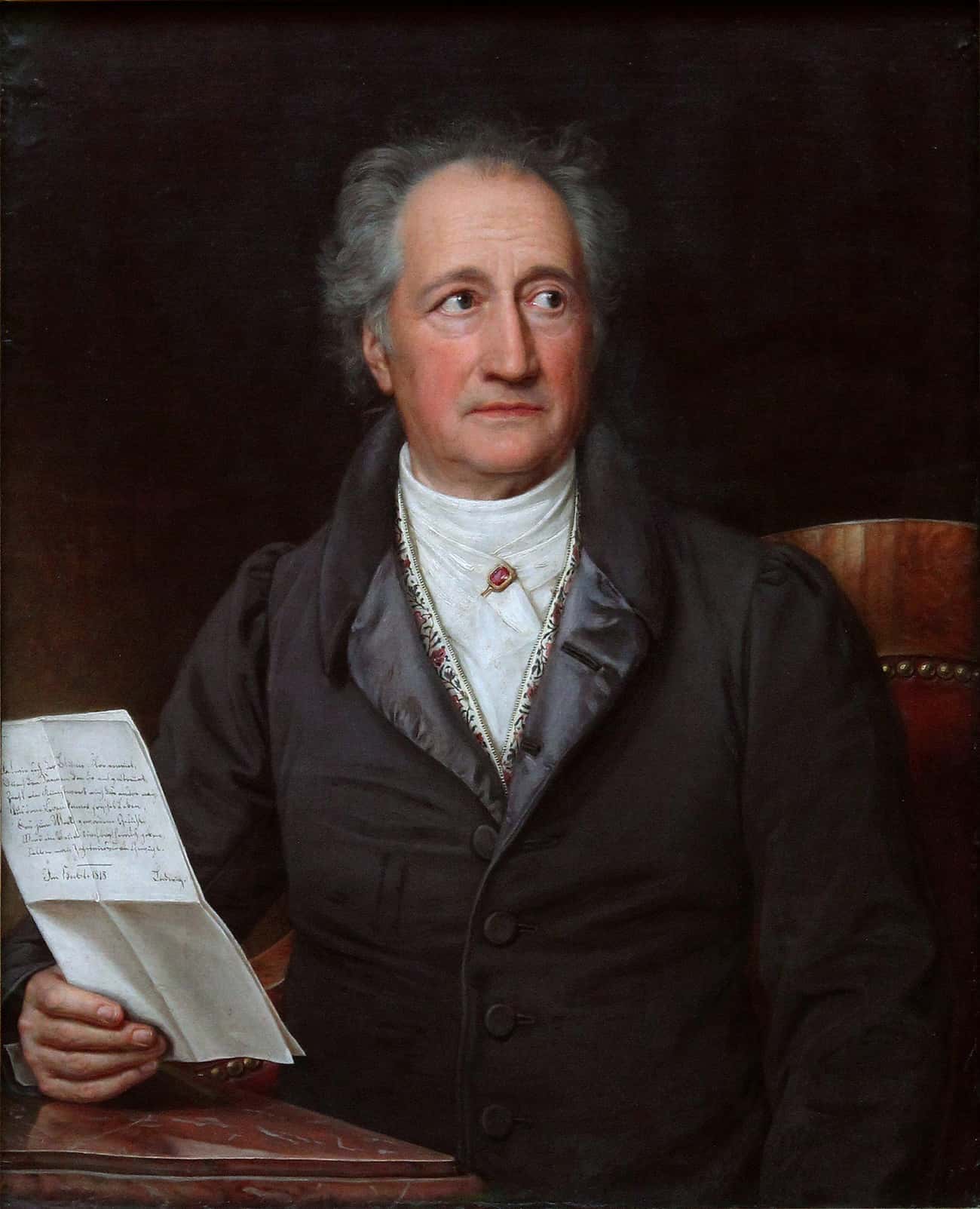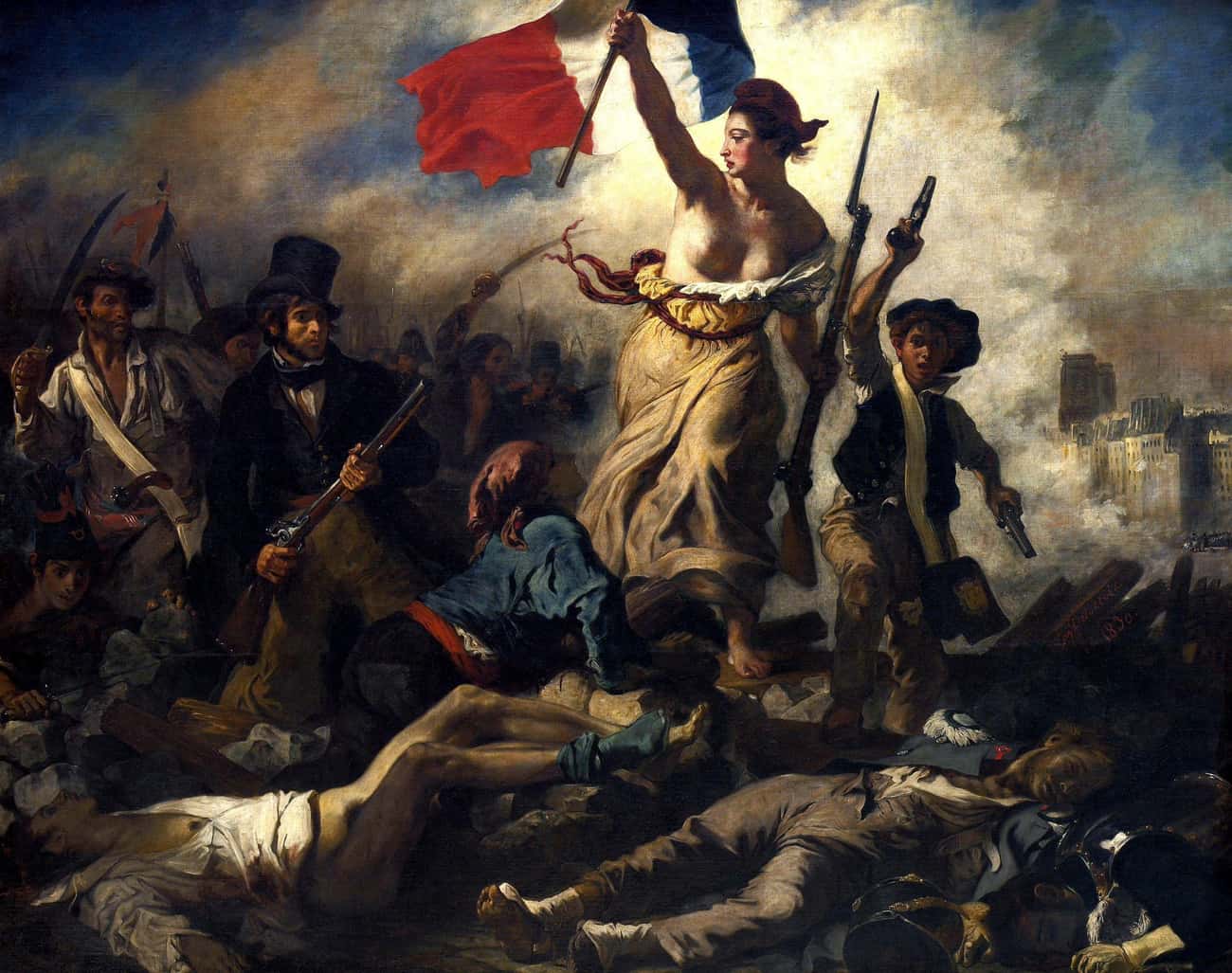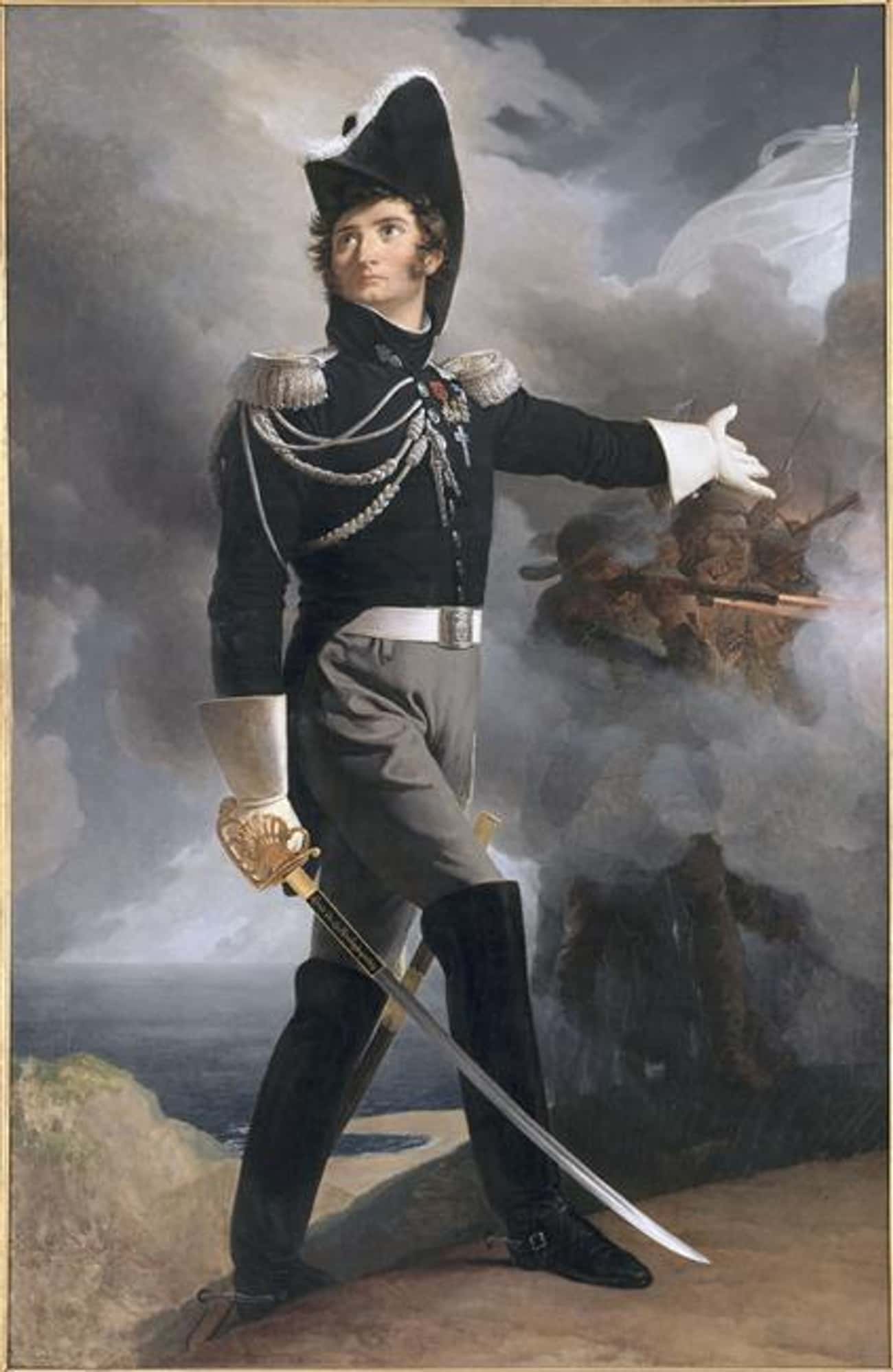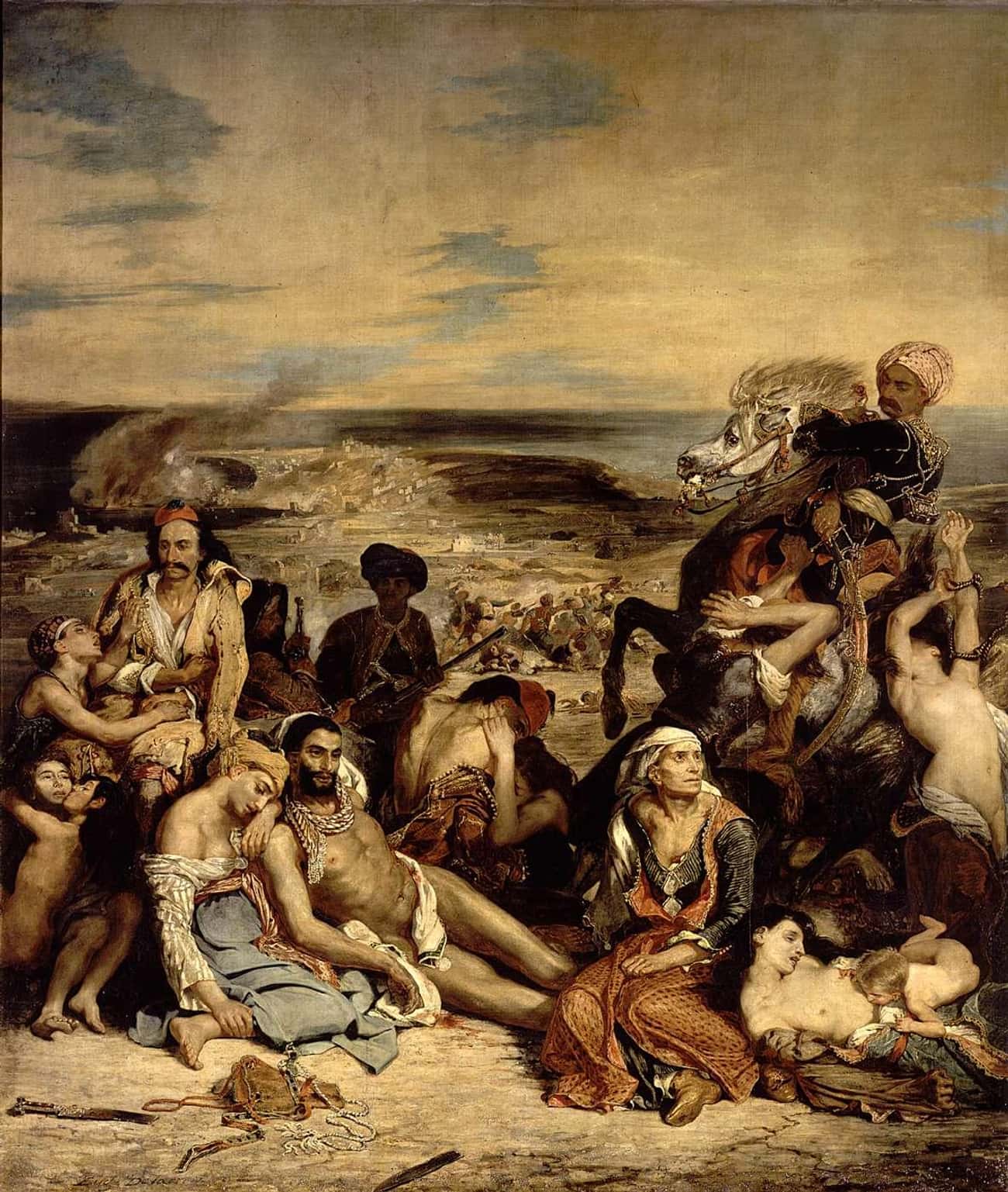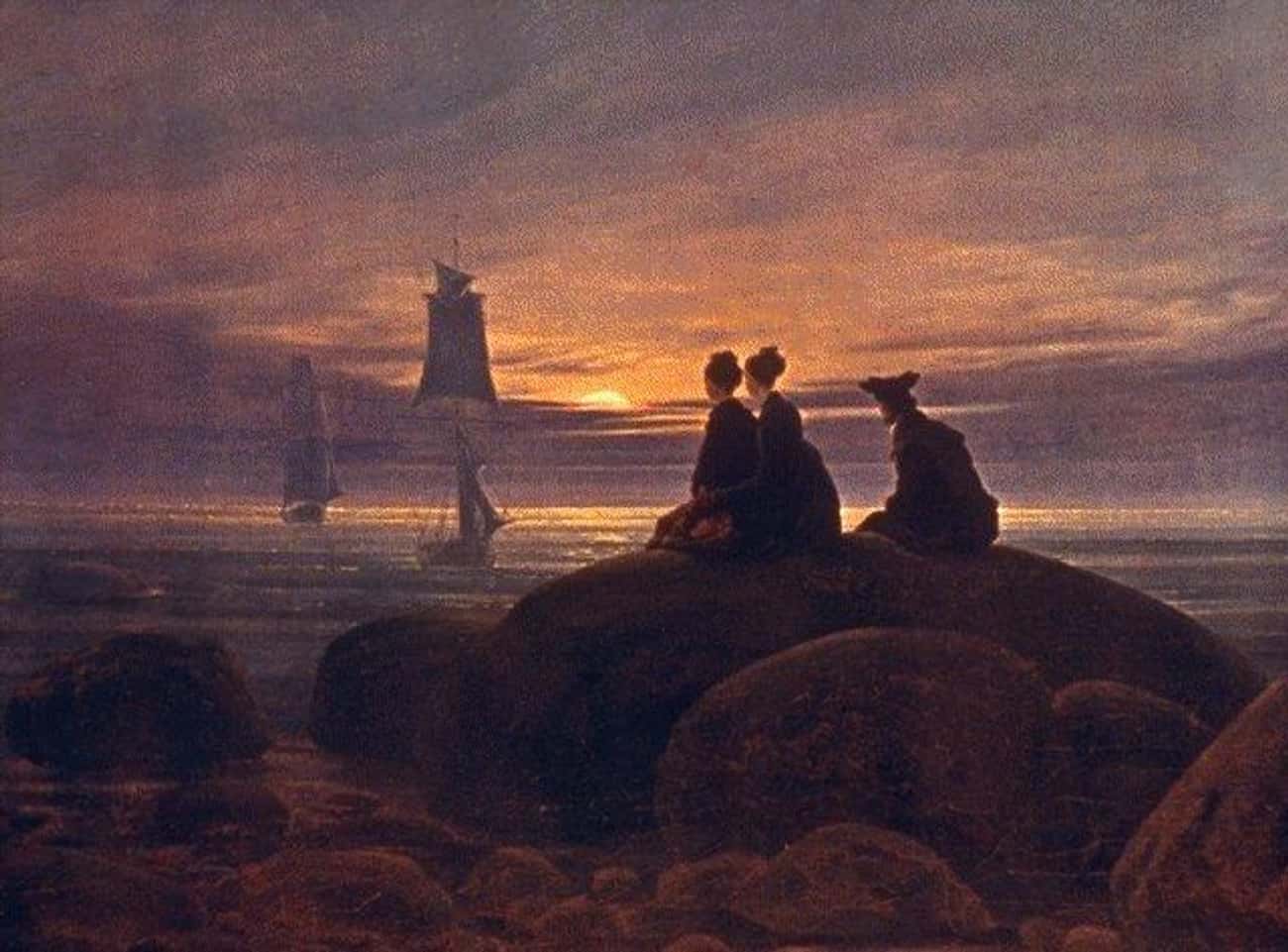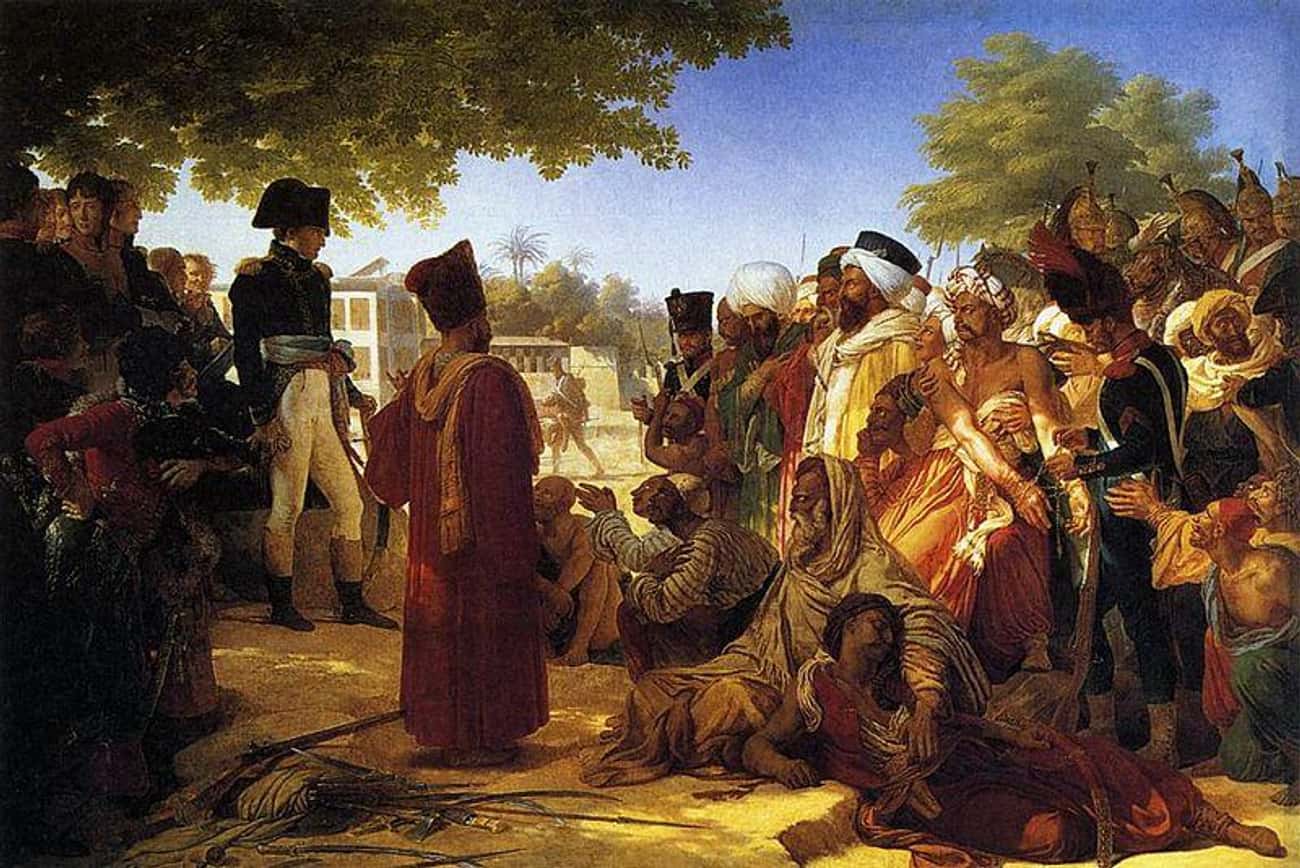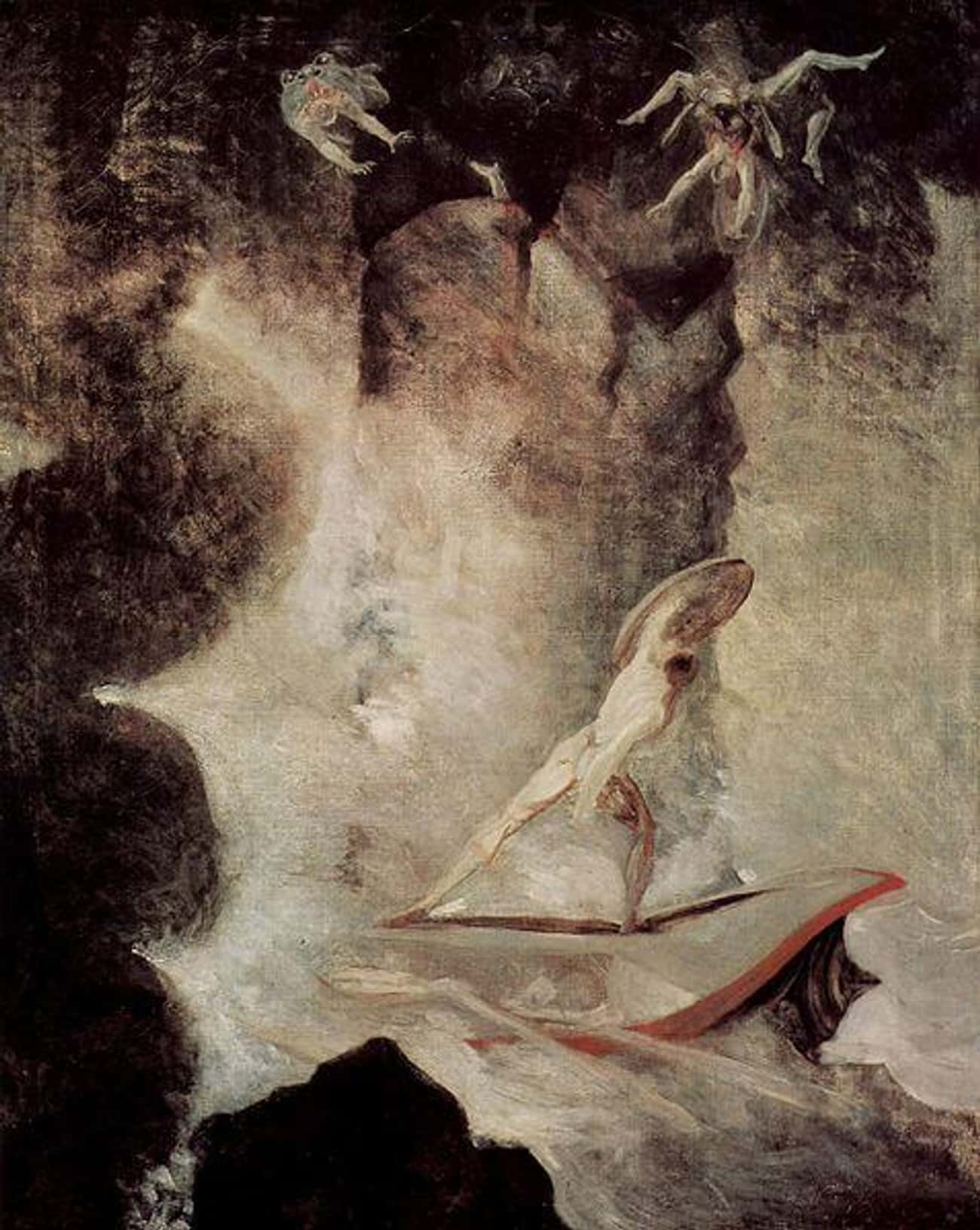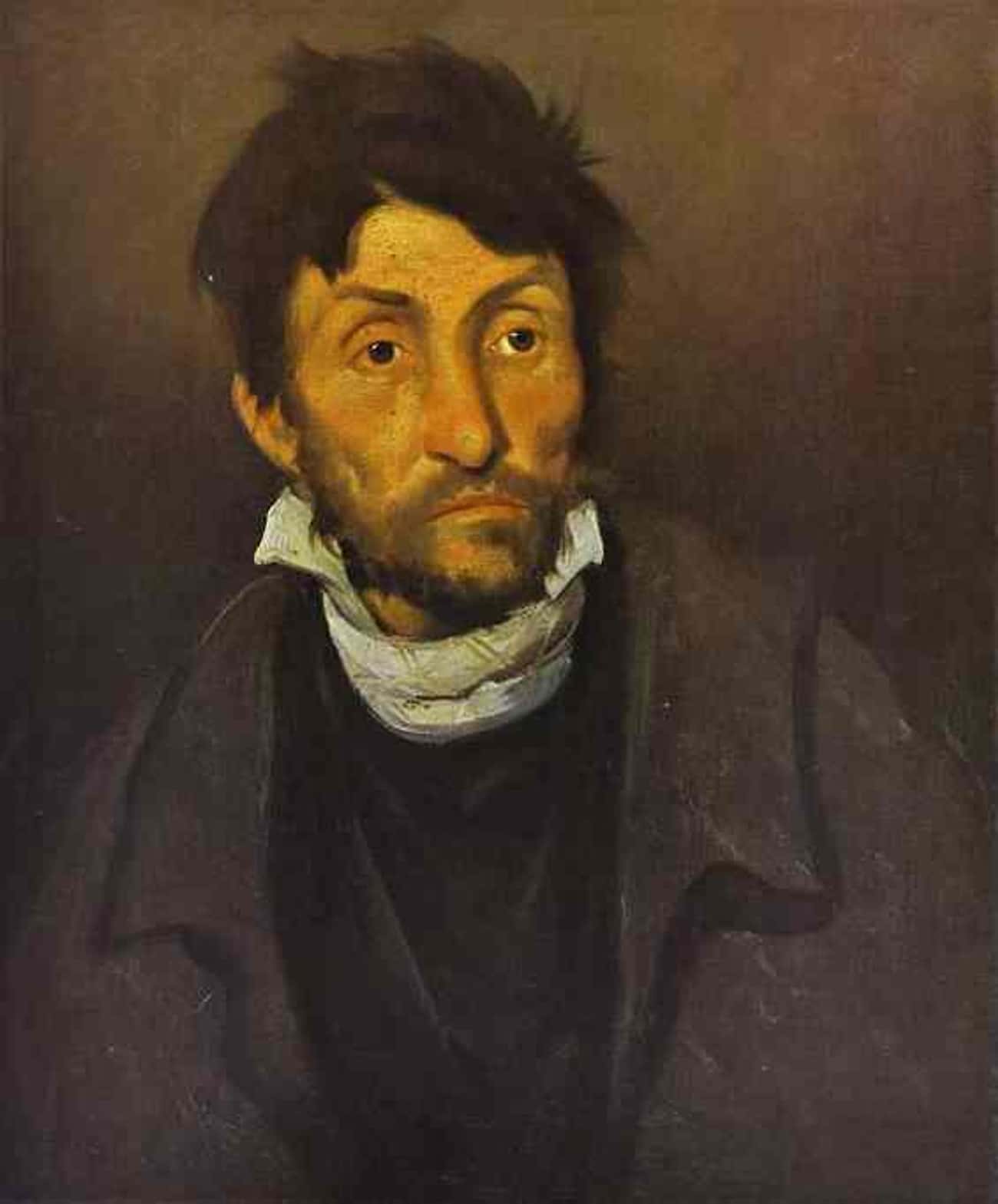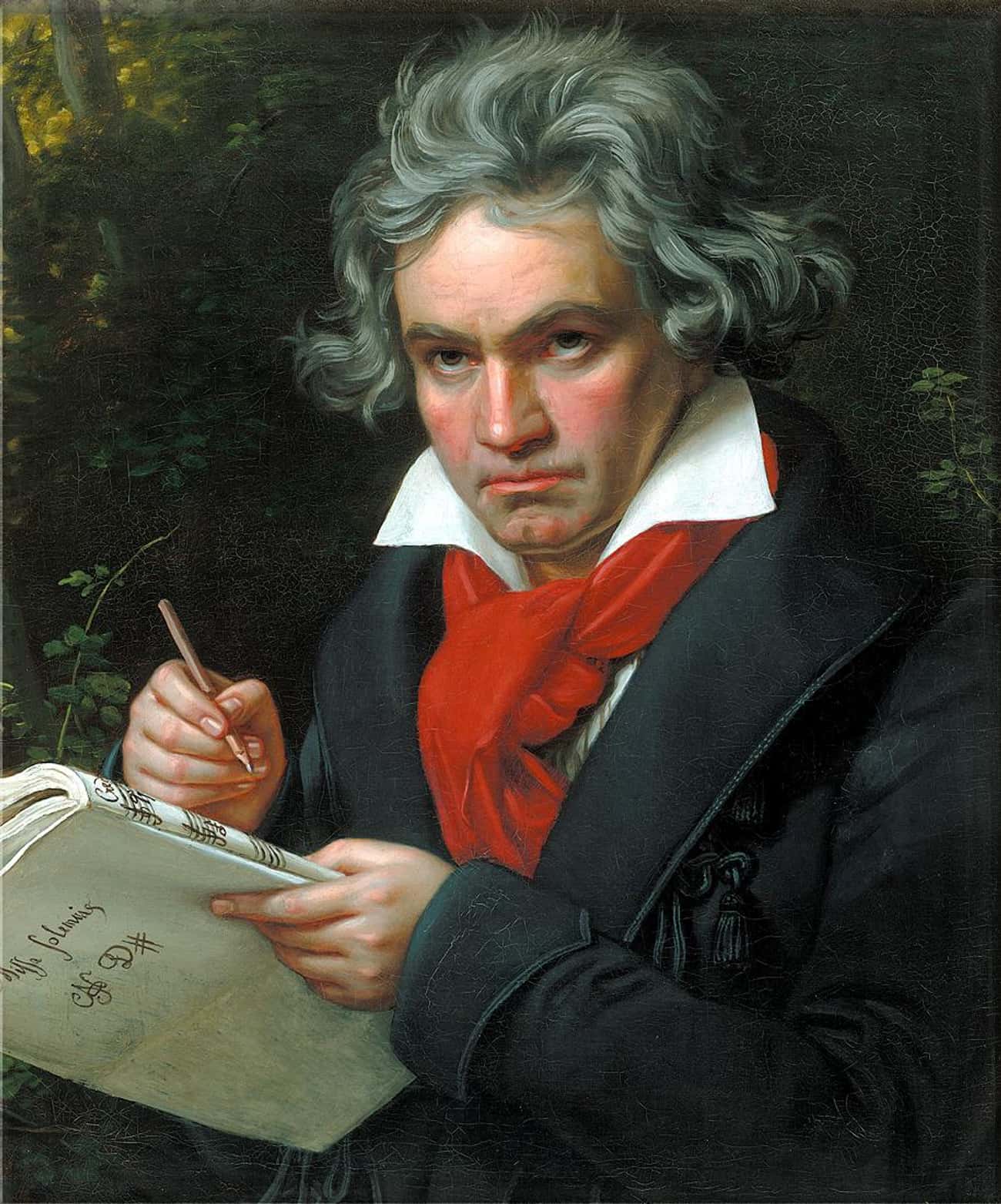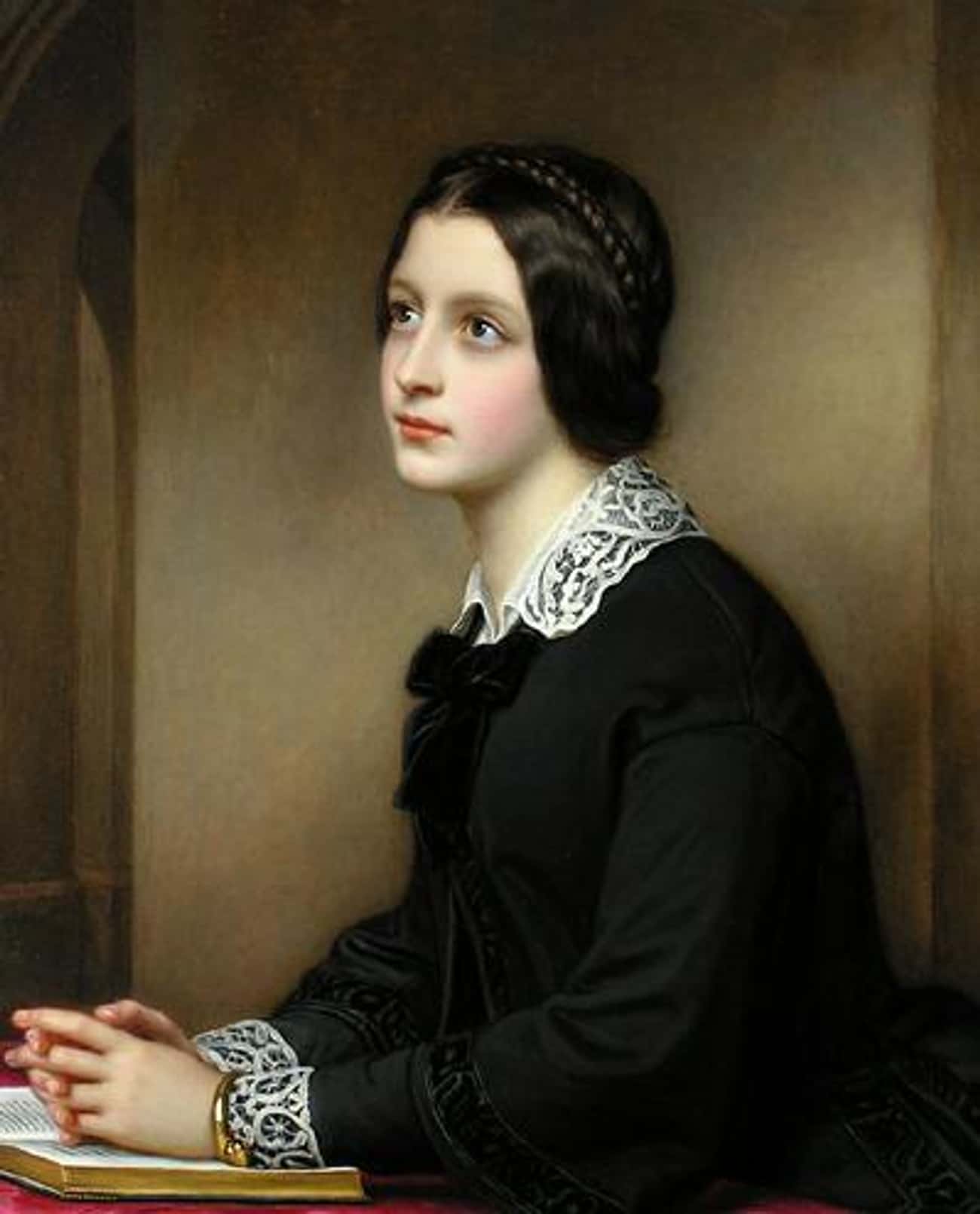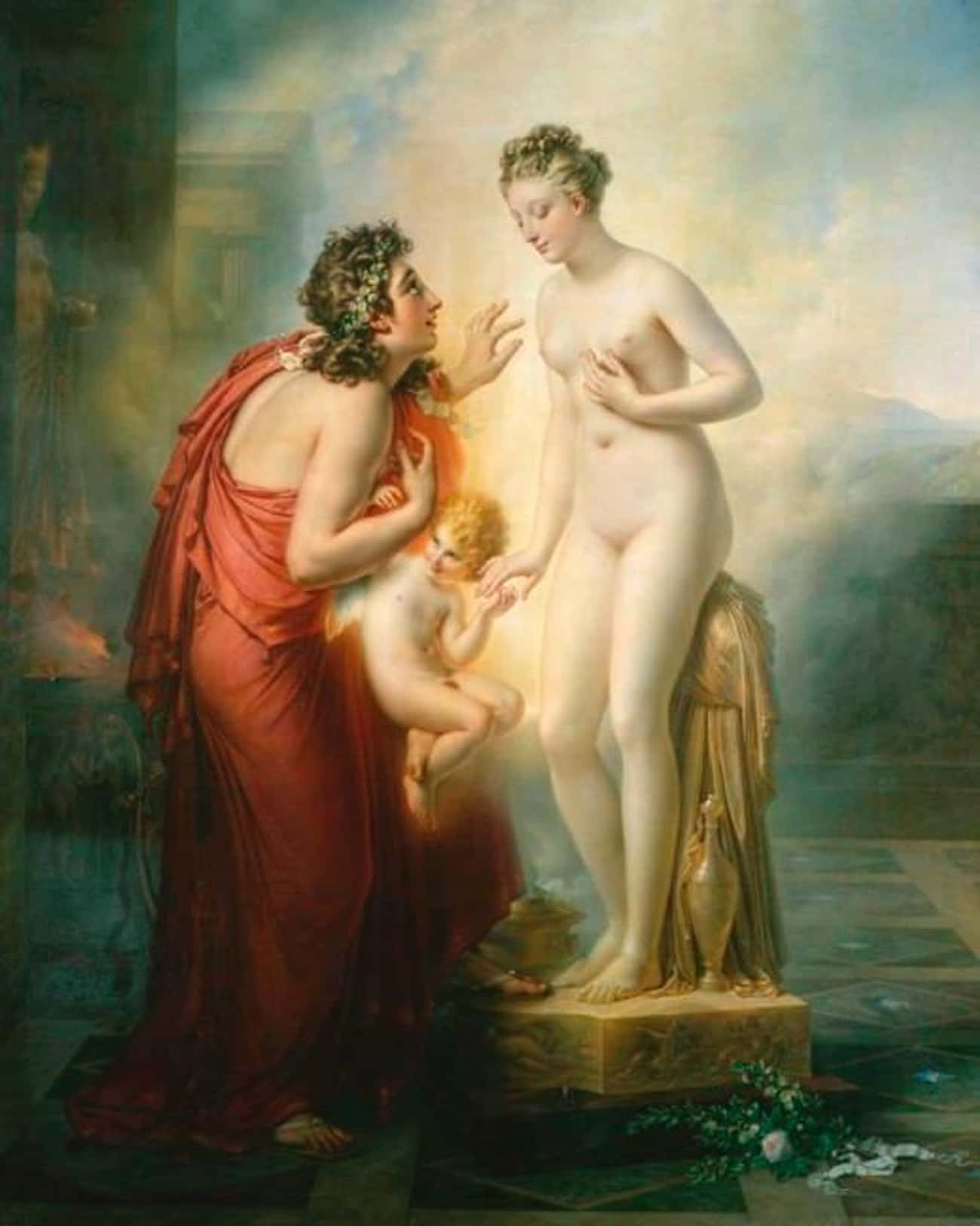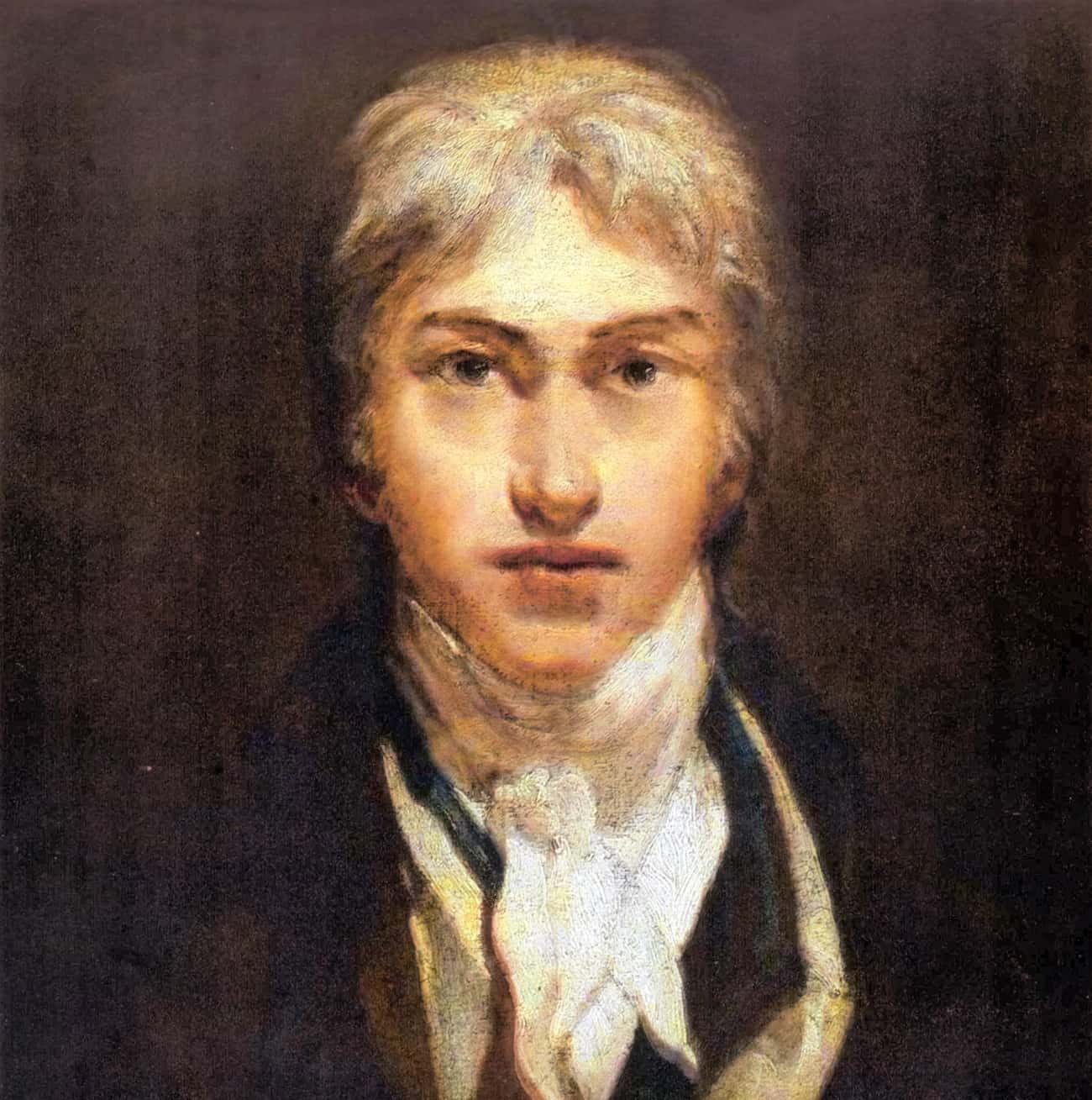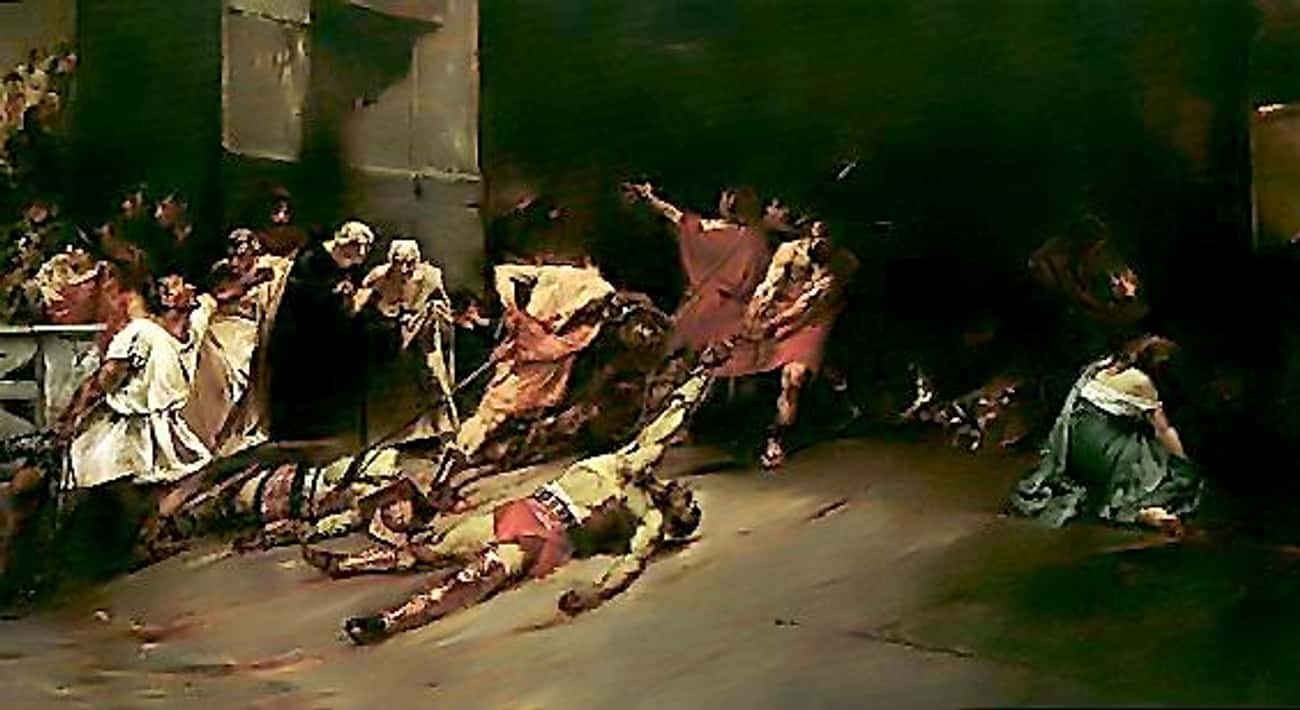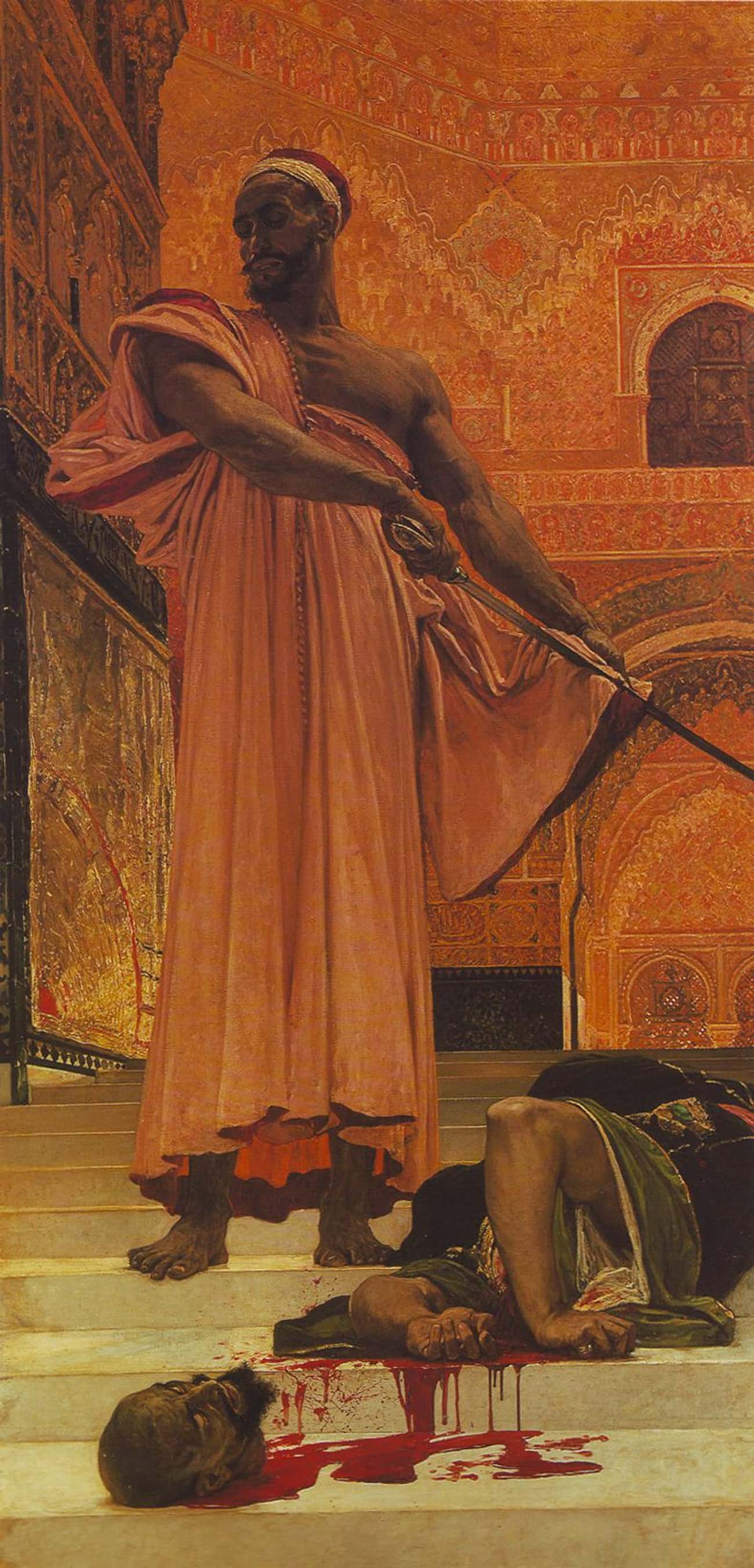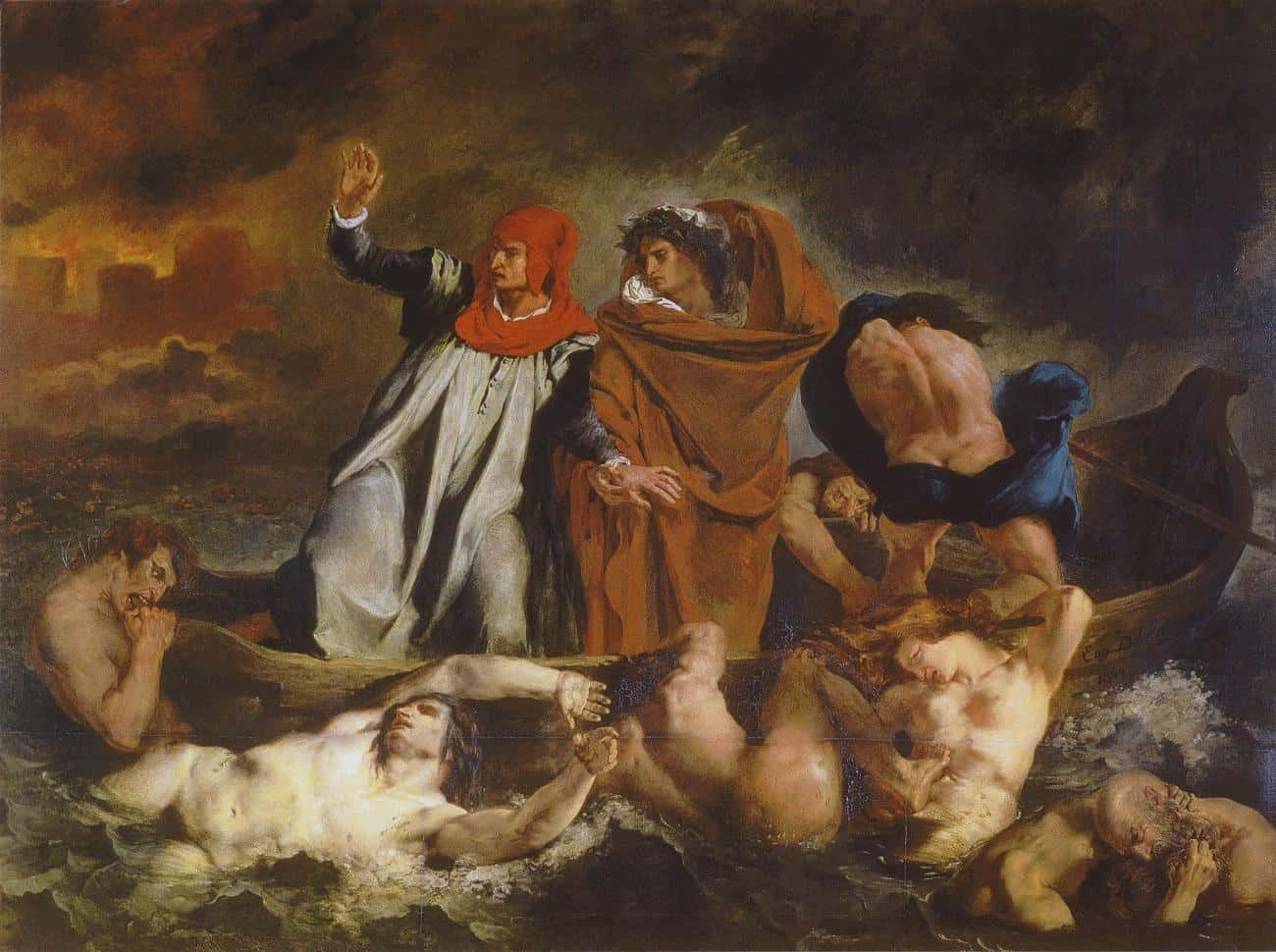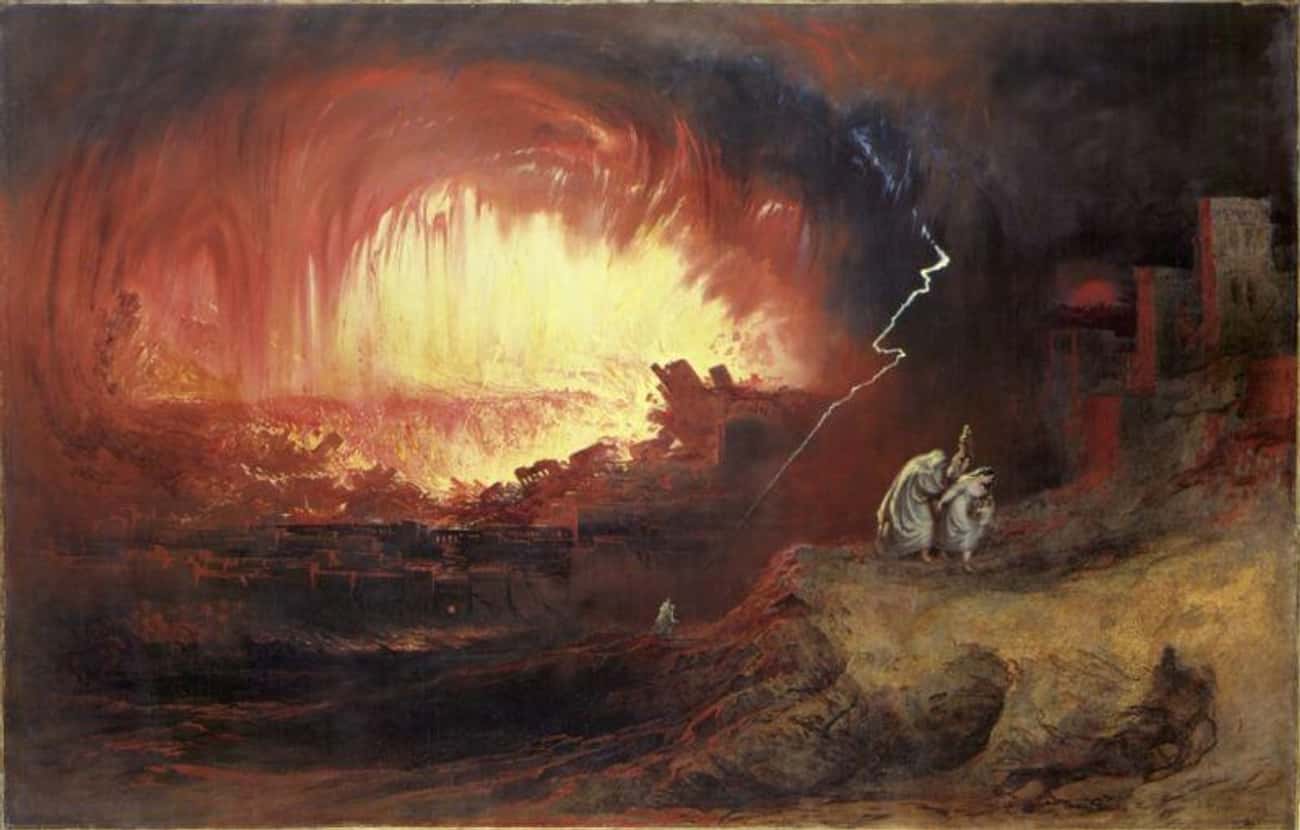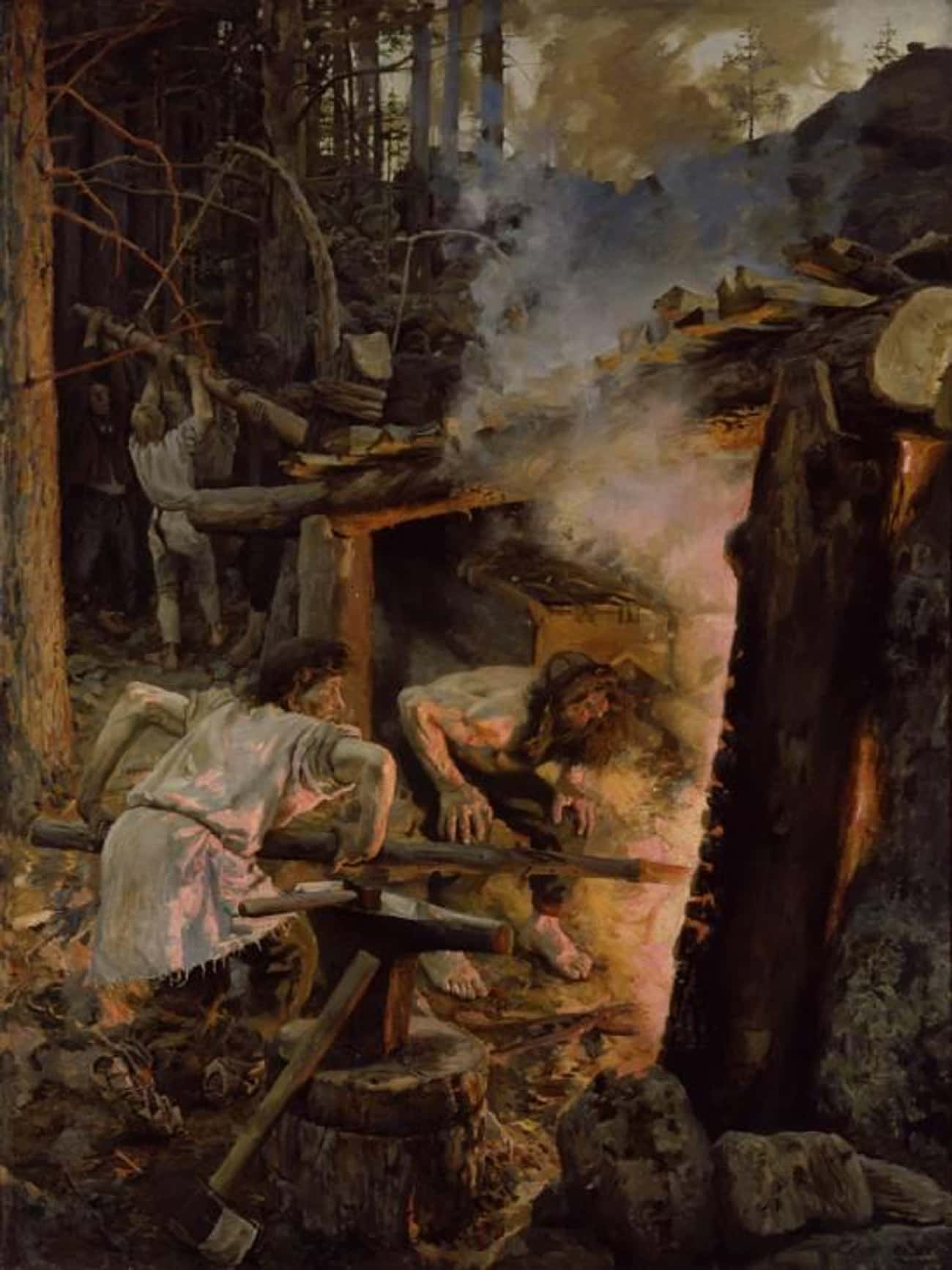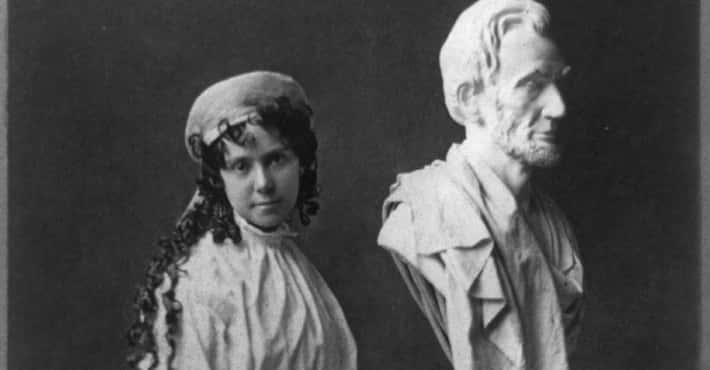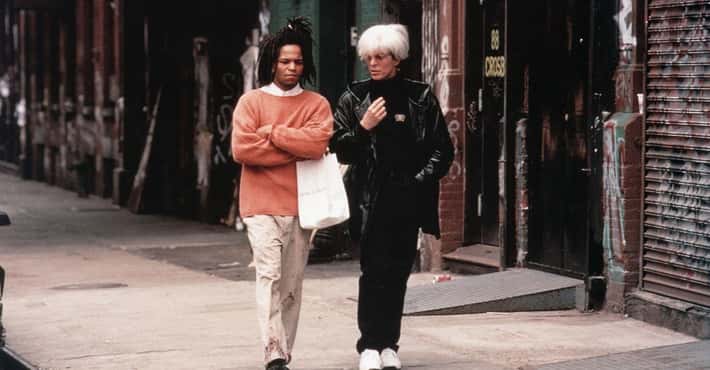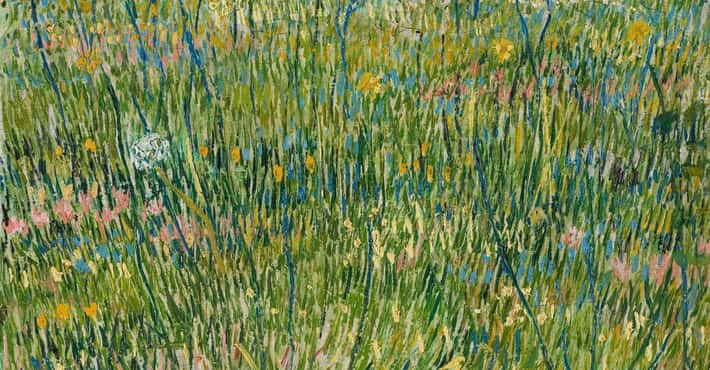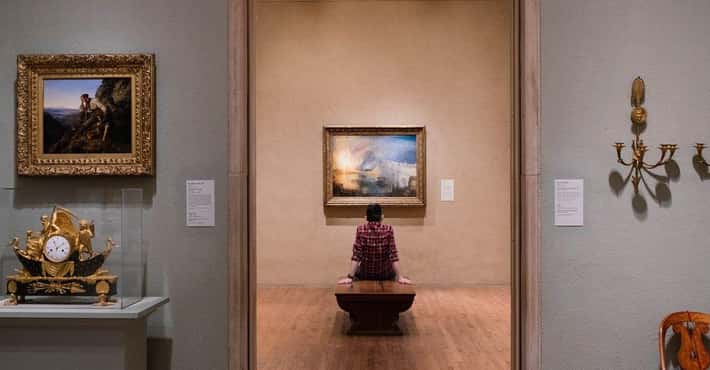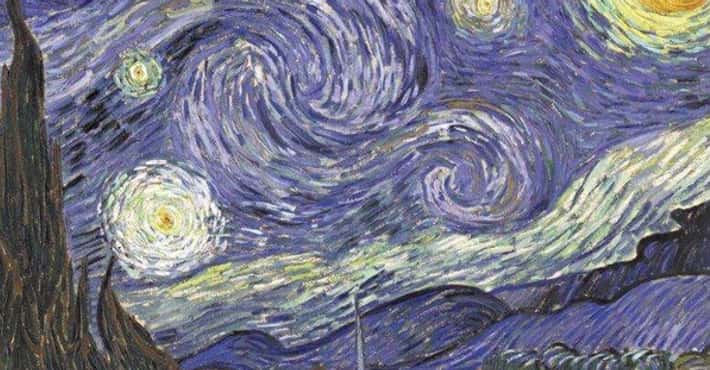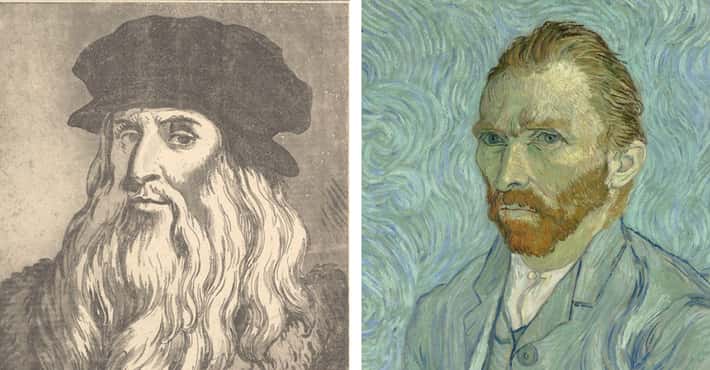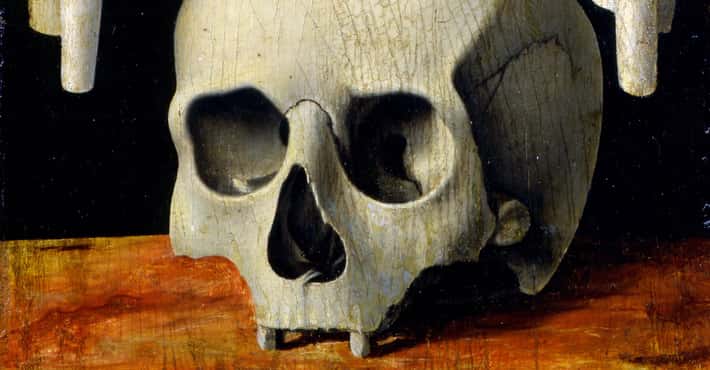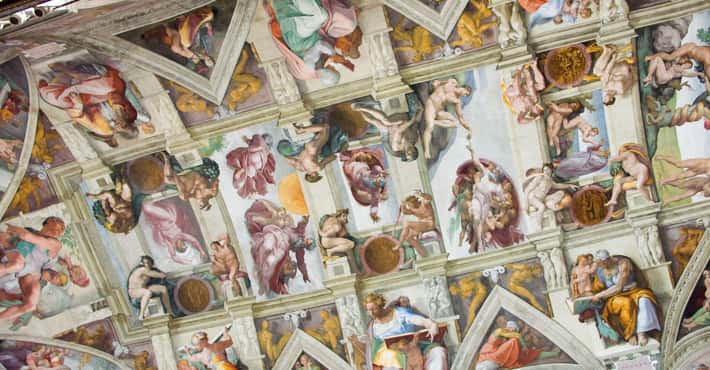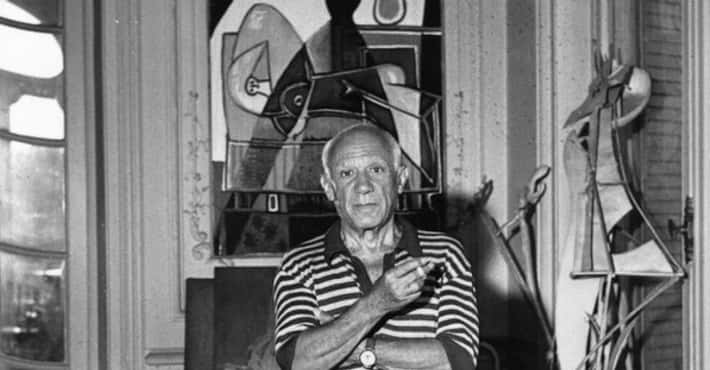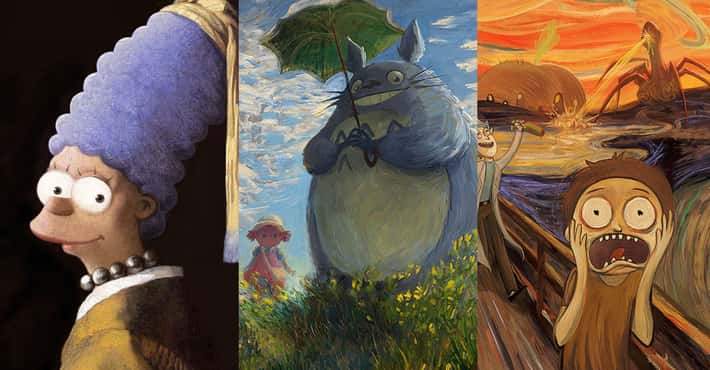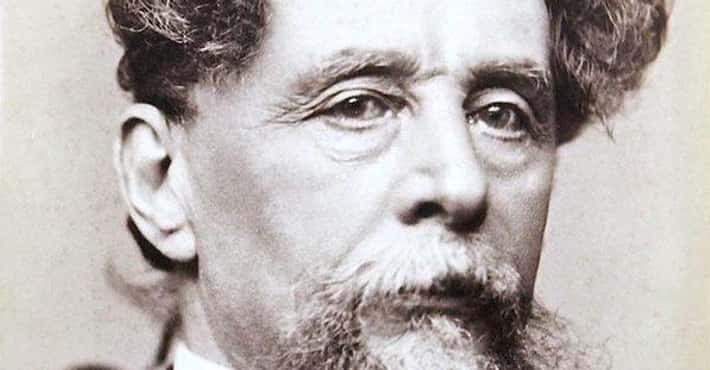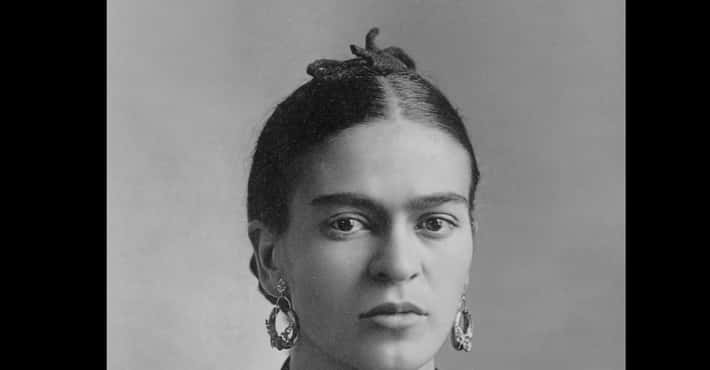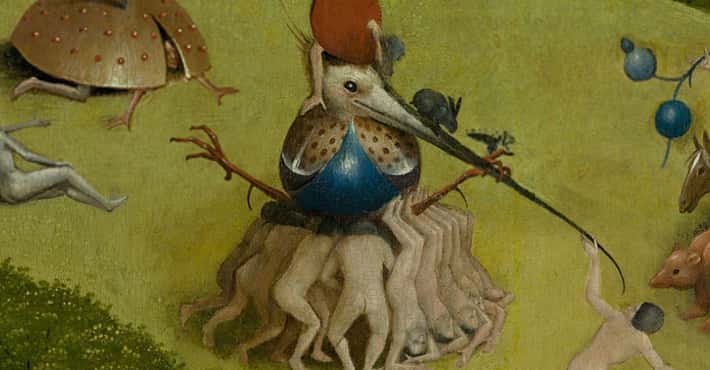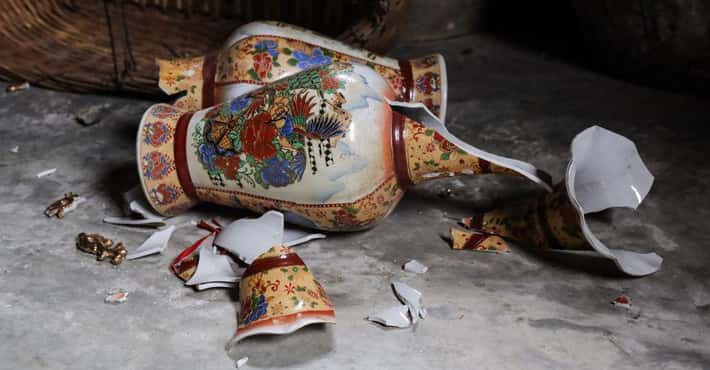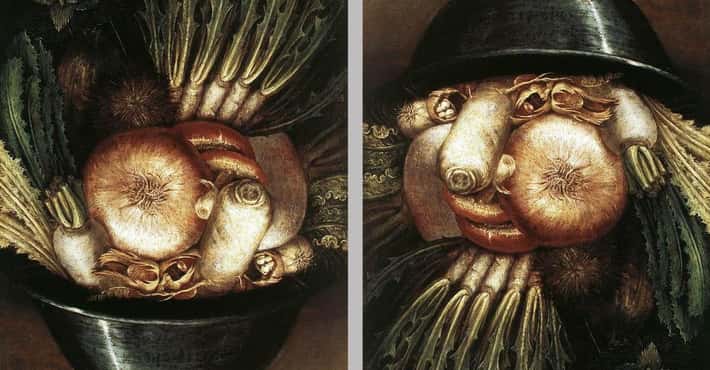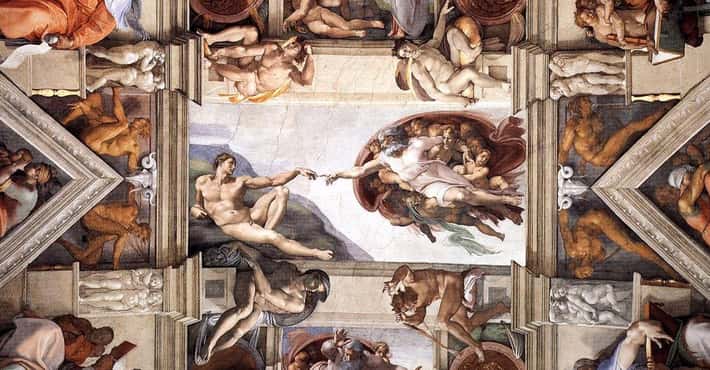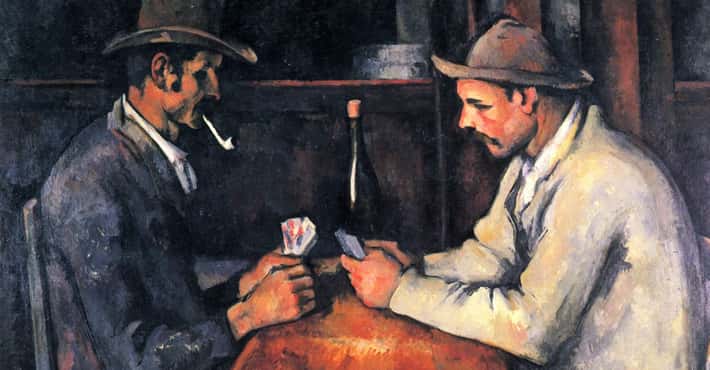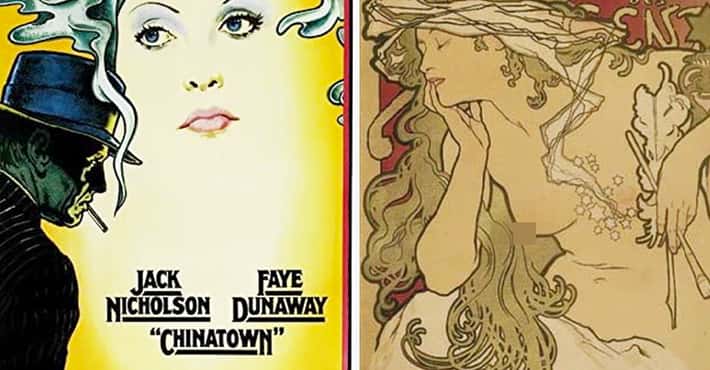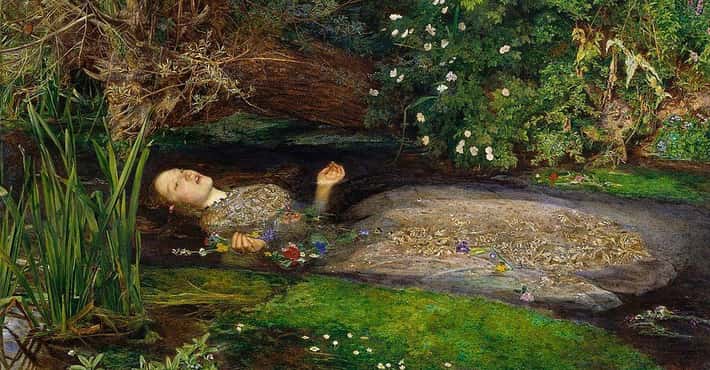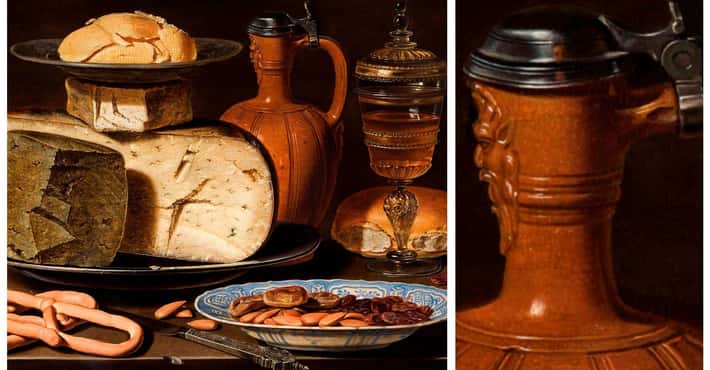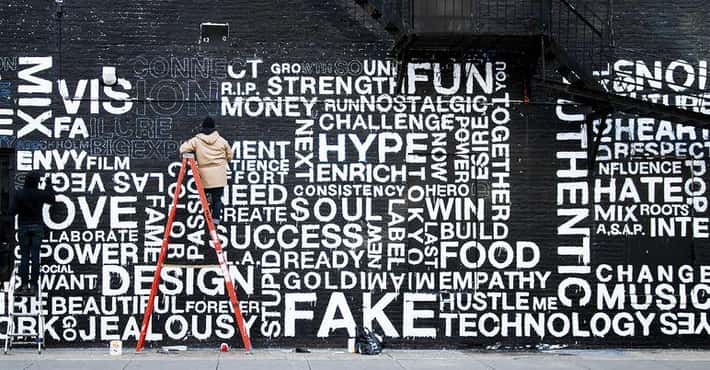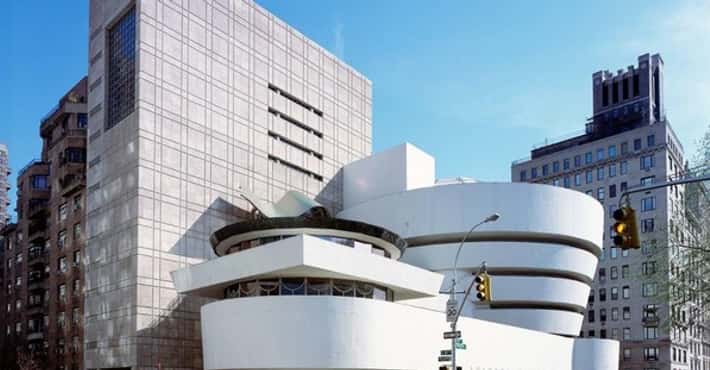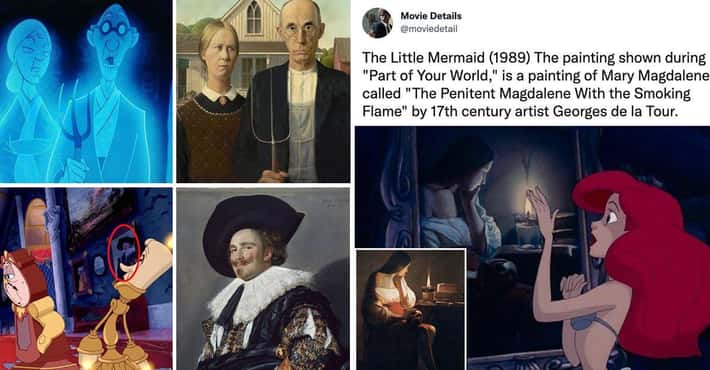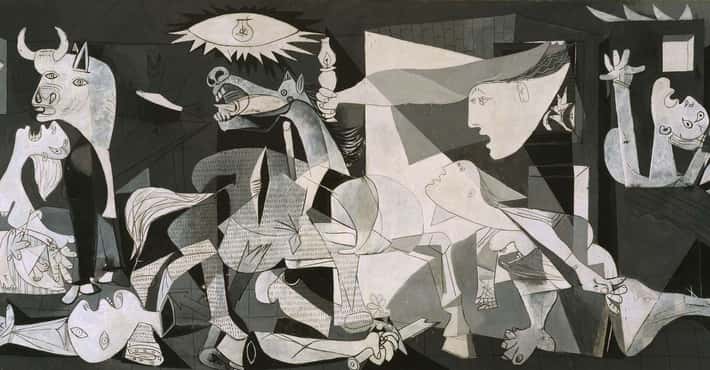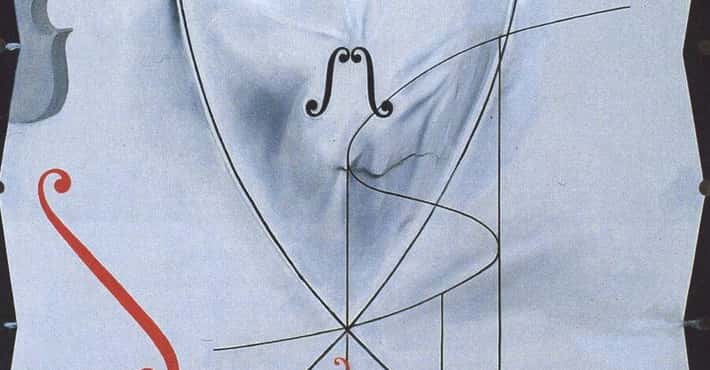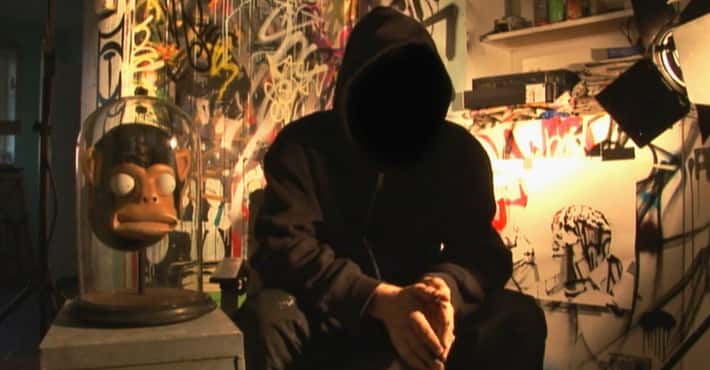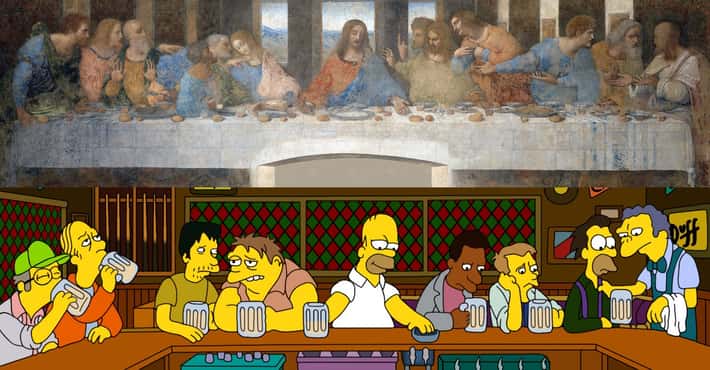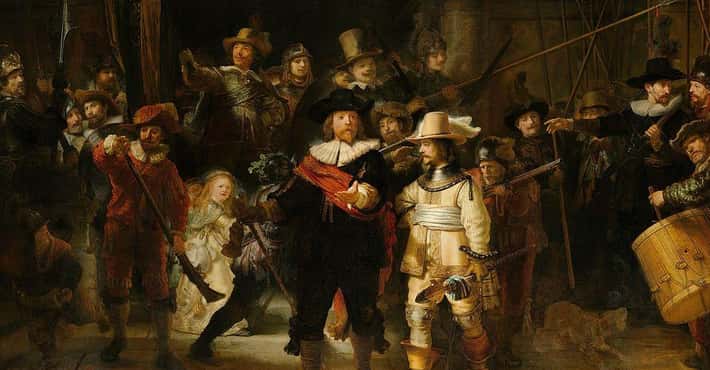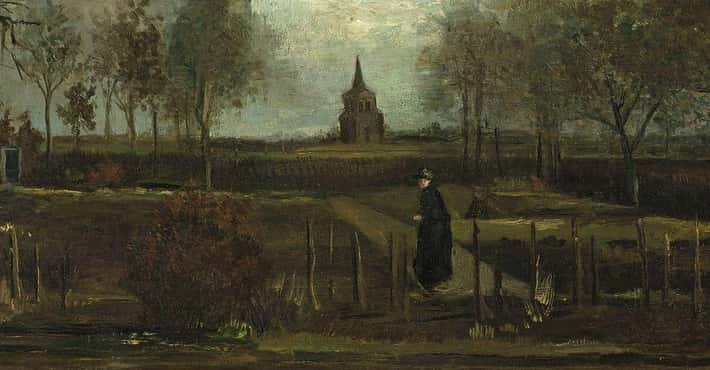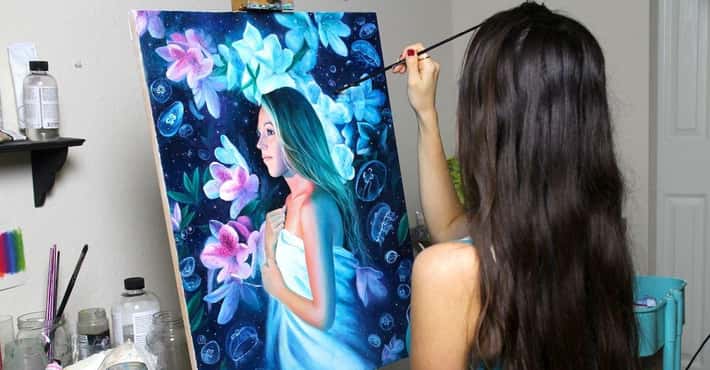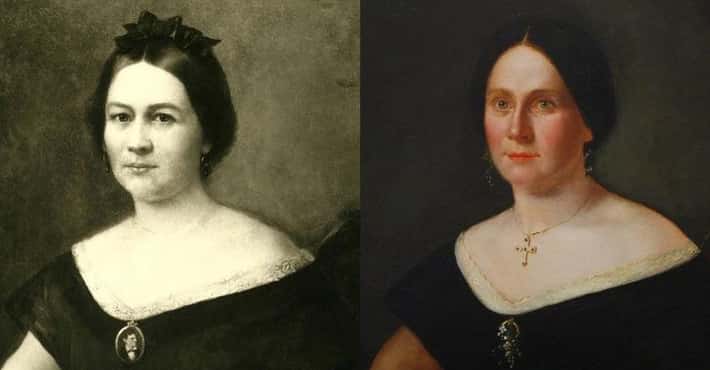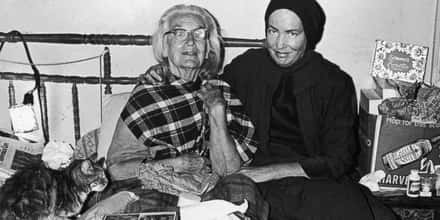Famous Romanticism Paintings
- Photo: Metaweb (FB) / Public domain"Alexander von Humboldt" (1806) is a painting by German artist Friedrich Georg Weitsch.
- Photo: Metaweb (FB) / Public domain"Clorinda Rescues Olindo und Sophroni" (1856) is a painting by French artist Eugene Delacroix.
- Photo: flickr / CC0The Death of Sardanapalus are two paintings oil painting on canvas, dated 1827 by Eugène Delacroix. Its dimensions are 392 × 496 cm or 145 × 195 inches. It currently hangs in the Musée du Louvre, Paris. A smaller replica was painted by Delacroix in 1844, that is now in the Philadelphia Museum of Art. The painting in the Philadelphia Museum of Art is 73.71 × 82.47 cm.
- Photo: Metaweb (FB) / Public domain"Dedham Vale" is an oil-on-canvas painting by English artist John Constable.
- Photo: Metaweb (FB) / Public domainEpisode of the Belgian Revolution of 1830 is an oil painting by romantic painter Egide Charles Gustave Wappers, currently housed in the Muse d'Art Ancien, Brussels.
- Photo: Metaweb (FB) / Public domain"Frdric Chopin" (1638) is a painting by French romanticist artist Eugne Delacroix. This painting was part of a larger work that included Chopin's lover Aurore Dupin (aka George Sand).
- Photo: Metaweb (FB) / Public domainFriedland, 1807 (1861-1875) is a painting by French artist Jean-Louis-Ernest Meissonier.
Henri Duverger, comte de la Rochejaquelein
Photo: Metaweb (FB) / Public domain"Henri Duverger, comte de la Rochejaquelein" (1817) is a painting by French artist Baron Pierre-Narcisse Guérin.- Photo: Metaweb (FB) / Public domainHenry Fuseli in Conversation with Johann Jakob Bodmer (c. 1778-1781) is a painting by Anglo-Swiss artist Henry Fuseli.
- Photo: Metaweb (FB) / Public domain"Jean-Baptiste Belley" (1797) is a painting by Anne-Louis Girodet de Roussy-Trioson.
- Photo: Metaweb (FB) / Public domainJohann Wolfgang von Goethe (1828) is a painting by German artist Joseph Karl Stieler.
Liberty Leading the People
Photo: Wikimedia Commons / CC-BYLiberty Leading the People is a painting by Eugène Delacroix commemorating the July Revolution of 1830, which toppled King Charles X of France. A woman personifying the concept and the goddess of Liberty leads the people forward over the bodies of the fallen, holding the flag of the French Revolution – the tricolour flag, which remains France's flag – in one hand and brandishing a bayonetted musket with the other. The figure of Liberty is also viewed as a symbol of France and the French Republic known as Marianne.- Photo: Metaweb (FB) / Public domain"Louis Duverger, marquis de la Rochejaquelein" (1819) is a painting by French artist Baron Pierre-Narcisse Guérin.
- Photo: Metaweb (FB) / Public domainThe Massacre at Chios is the second major oil painting by the French artist Eugène Delacroix. The work is more than four meters tall, and shows some of the horror of the wartime destruction visited on the Island of Chios. A frieze-like display of suffering characters, military might, ornate and colourful costumes, terror, disease and death is shown in front of a scene of widespread desolation. Unusually for a painting of civil ruin during this period, The Massacre at Chios has no heroic figure to counterbalance the crushed victims, and there is little to suggest hope among the ruin and despair. The vigour with which the aggressor is painted, contrasted with the dismal rendition of the victims has drawn comment since the work was first hung, and some critics have charged that Delacroix might have tried to show some sympathy with the brutal occupiers. The painting was completed and displayed at the Salon of 1824 and presently hangs at the Musée du Louvre in Paris.
- Photo: Metaweb (FB) / Public domainMoonrise by the Sea or Moonrise over the Sea is an 1822 oil-on-canvas painting by German painter Caspar David Friedrich. The work depicts a romantic seascape. It measures 55 × 71 centimetres Three young people, two women side by side and a man further back, are sitting on a large boulder by the sea, silhouetted against the sky as they watch the moon rising to the east above a band of clouds. In the distance are two sailing vessels, ghosting on a light breeze towards the spectators on the shore. The painting is probably a view of the Baltic Sea, near Friedrich's birthplace in Swedish Pomerania. It may be based on the beach at Stubbenkammer near Rügen. The work was commissioned by banker and art collector Joachim Heinrich Wilhelm Wagener, together with a second work, The Lonely Tree, to create a pair of "times of the day", depicting morning and evening landscape scenes, in a tradition of Claude Lorrain. It was completed before November 1822 and has been held by the Berlin National Gallery since 1861, donated by Wagener as part of its founding collection. It is now in the Alte Nationalgalerie of the Staatliche Museen in Berlin.
- Photo: Metaweb (FB) / Public domain"Napoleon Pardoning the Rebels at Cairo" (1808) is a painting by French artist Baron Pierre-Narcisse Guérin.
- Photo: Metaweb (FB) / Public domainOdysseus in front of Scylla and Charybdis (1794-1796) is a painting by Anglo-Swiss artist Henry Fuseli.
- Photo: Metaweb (FB) / Public domainPortrait of a Kleptomaniac or Portrait of an Insane Person is an 1822 oil painting by Théodore Géricault. It is part of series of ten portraits made for the psychiatrist Étienne-Jean Georget and is currently kept in the Museum of Fine Arts, Ghent, Belgium.
- Photo: Metaweb (FB) / Public domainPortrait of Ludwig van Beethoven Composing Missa Solemnis (c. 1820) is a painting by German artist Joseph Karl Stieler.
- Photo: Metaweb (FB) / Public domainPortrait of Maria Dietsch (c. 1851) is a painting attributed to German artist Joseph Karl Stieler.
- Photo: Metaweb (FB) / Public domain"Pygmalion and Galatea" (1819) is a painting by Anne-Louis Girodet de Roussy-Trioson.
- Photo: Metaweb (FB) / Public domain"Self Portrait" (1798-1799) is a painting by English Romantic artist Joseph Mallord William Turner.More Self Portrait
- #53 of 100 onList of Famous Portrait Paintings
- #46 of 97 onThe Greatest Works of Romanticist Art
- #10 of 19 onFamous J. M. W. Turner Paintings
- Photo: Metaweb (FB) / Public domain"Self-Portrait" is a painting by French artist Eugne Delacroix.
- Photo: Metaweb (FB) / Public domainThe Spoliarium is a painting by Filipino artist Juan Luna. The painting was submitted by Luna to the Exposición Nacional de Bellas Artes in 1884 in Madrid, where it garnered the first gold medal. In 1886, it was sold to the Diputación Provincial de Barcelona for 20,000 pesetas. It currently hangs in the main gallery at the ground floor of the National Museum of the Philippines, and is the first work of art that greets visitors upon entry into the museum.
Summary Execution under the Moorish Kings of Granada
Photo: Metaweb (FB) / Public domain"Summary Execution under the Moorish Kings of Granada" (1870) is a painting by French artist Henri Regnault.- Photo: Metaweb (FB) / Public domainThe Barque of Dante is a painting created by Eugene Delacroix in 1822.
- Photo: Metaweb (FB) / Public domainThe Charging Chasseur, or An Officer of the Imperial Horse Guards Charging is an oil painting on canvas of about 1812 by the French painter Théodore Géricault, portraying a mounted Napoleonic cavalry officer who is ready to attack. The painting represents French romanticism and has a motif similar to Jacques-Louis David's Napoleon Crossing the Alps, but non-classical characteristics of the picture include its dramatic diagonal arrangement and vigorous paint handling. In The Charging Chasseur, the horse appears to be rearing away from an unseen attacker. The painting was Géricault's first exhibited work. Géricault would continue to move away from classicism, as exemplified in his masterpiece The Raft of the Medusa. The turning figure on a rearing horse is derived from the large early Rubens Saint George, though there the view is from the side
- Photo: Metaweb (FB) / Public domainThe Destruction of Sodom and Gomorrah (c. 1852) is a painting by English artist John Martin.
Entry of the Crusaders in Constantinople
Photo: Metaweb (FB) / Public domain"The Entry of the Crusaders in Constantinople" (1840) is a painting by French artist Eugene Delacroix.- Photo: Metaweb (FB) / Public domainThe Forging of the Sampo is a painting by Finnish artist Akseli Gallen-Kallela.




